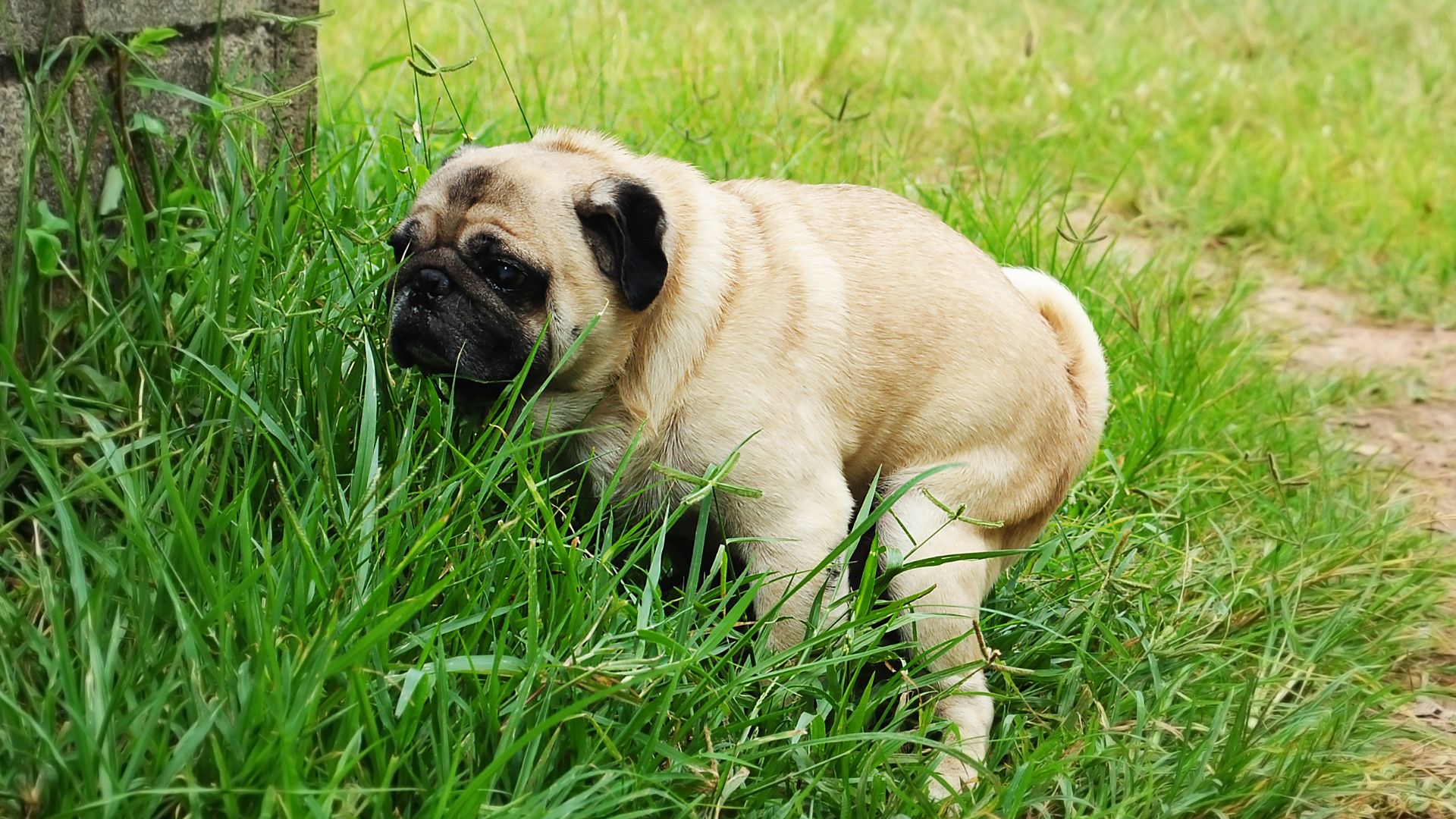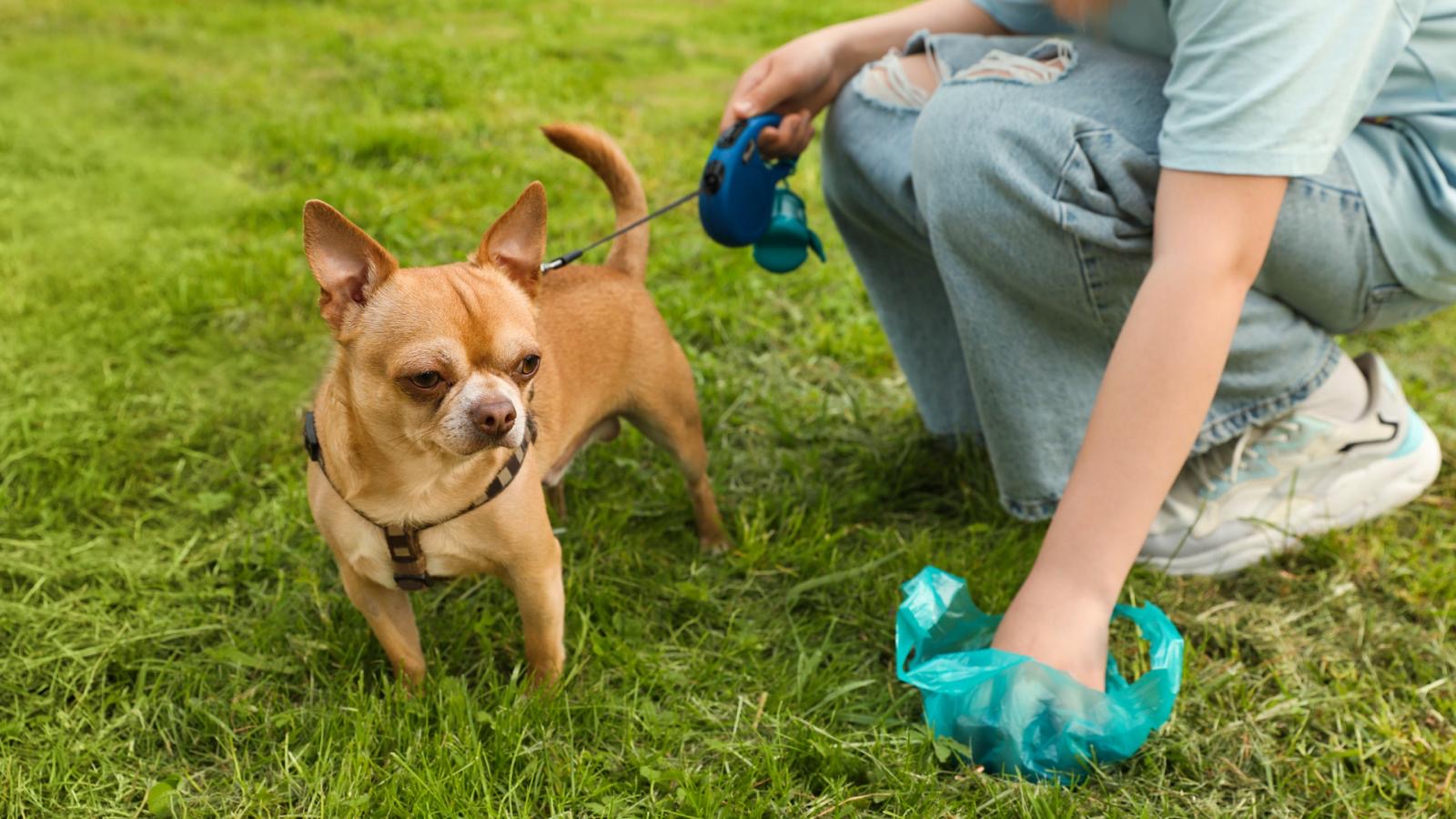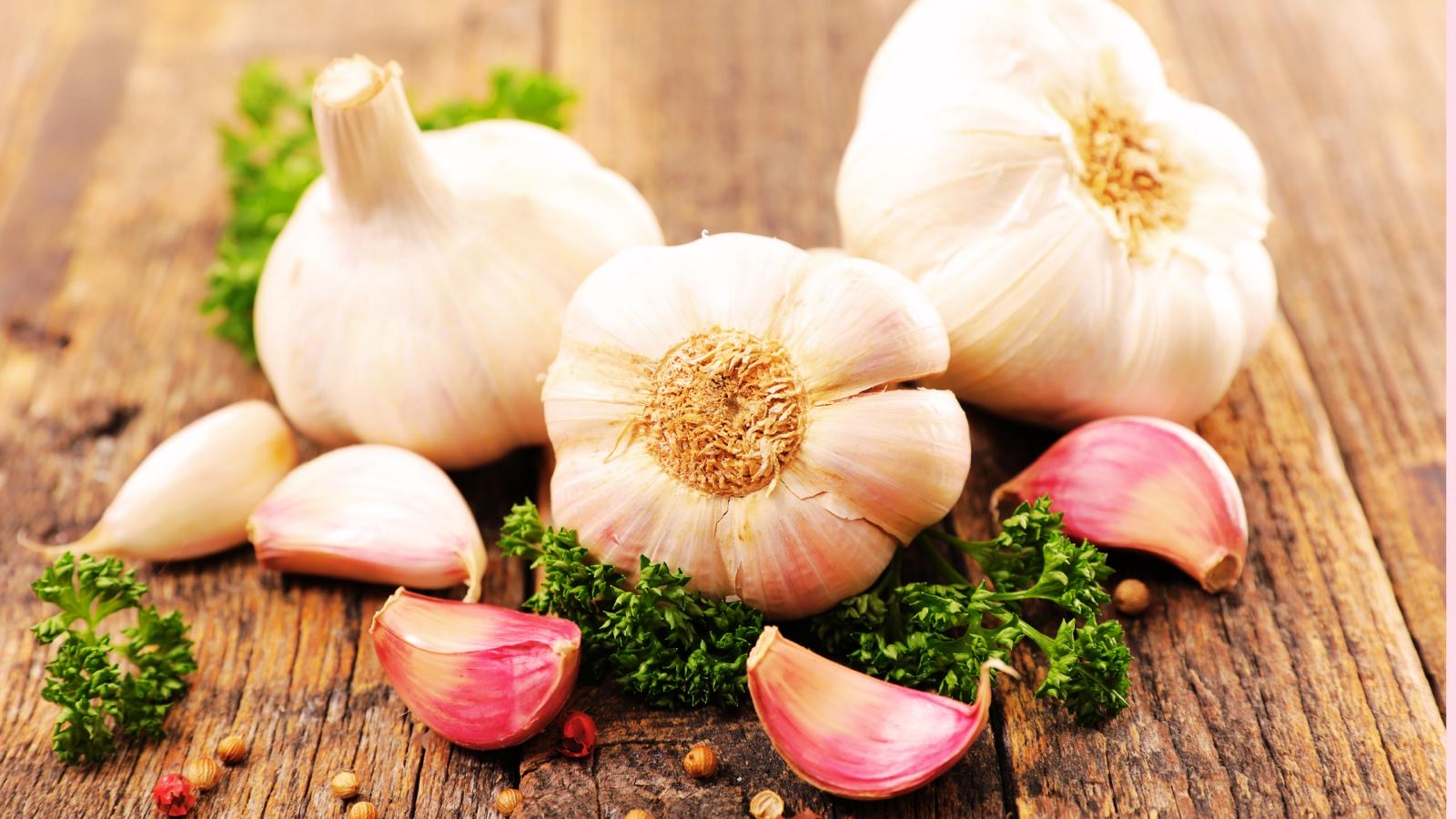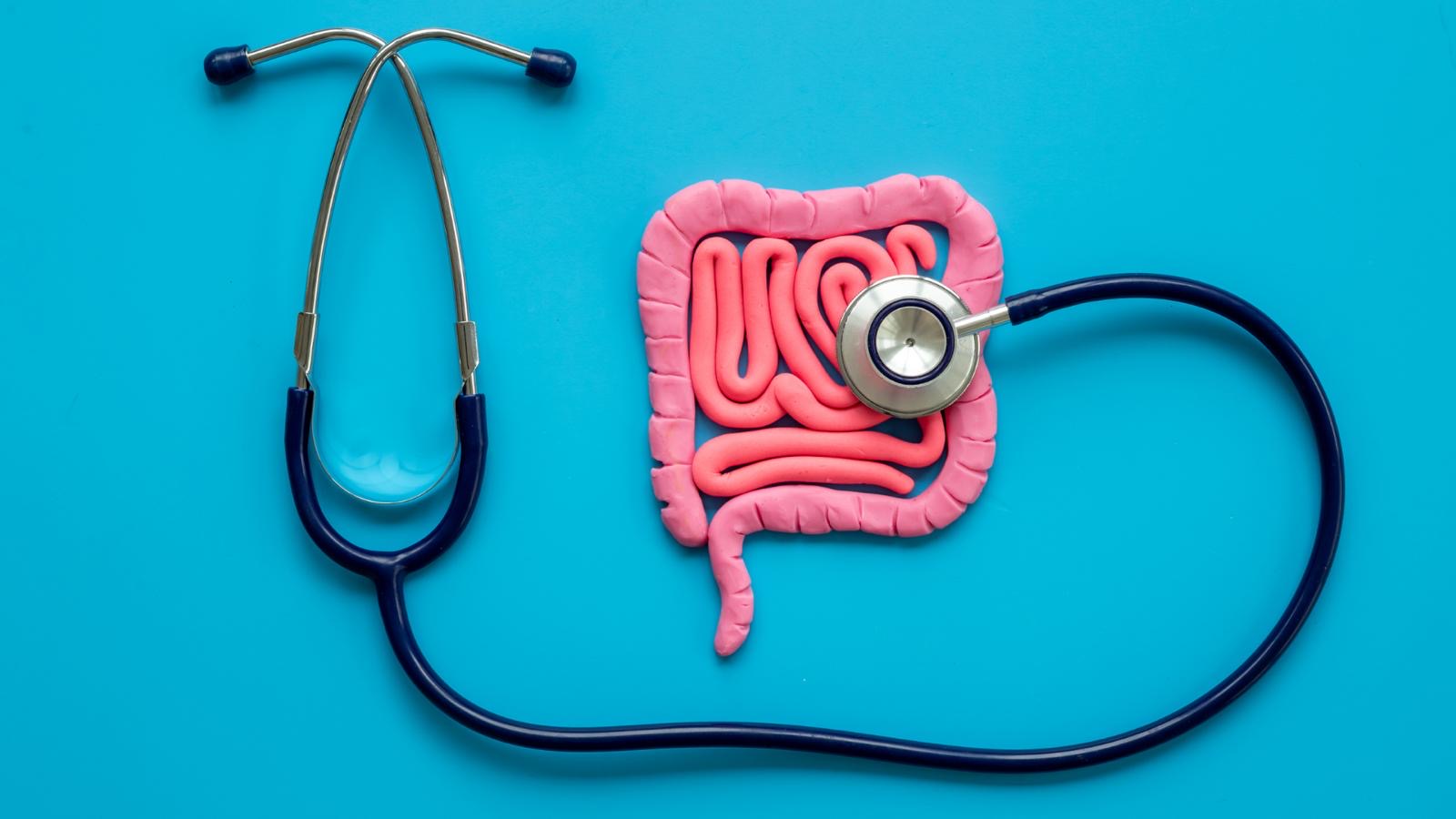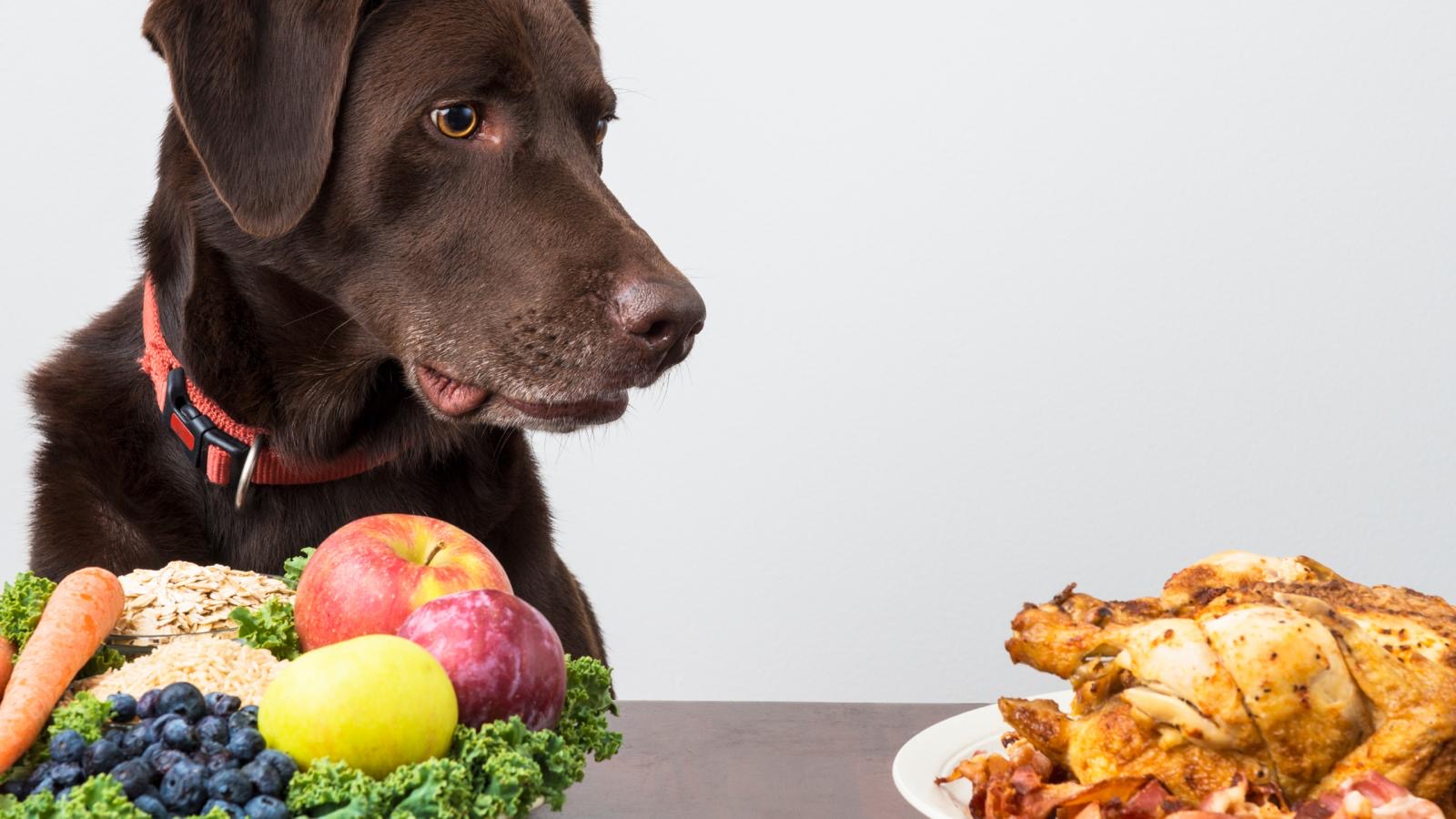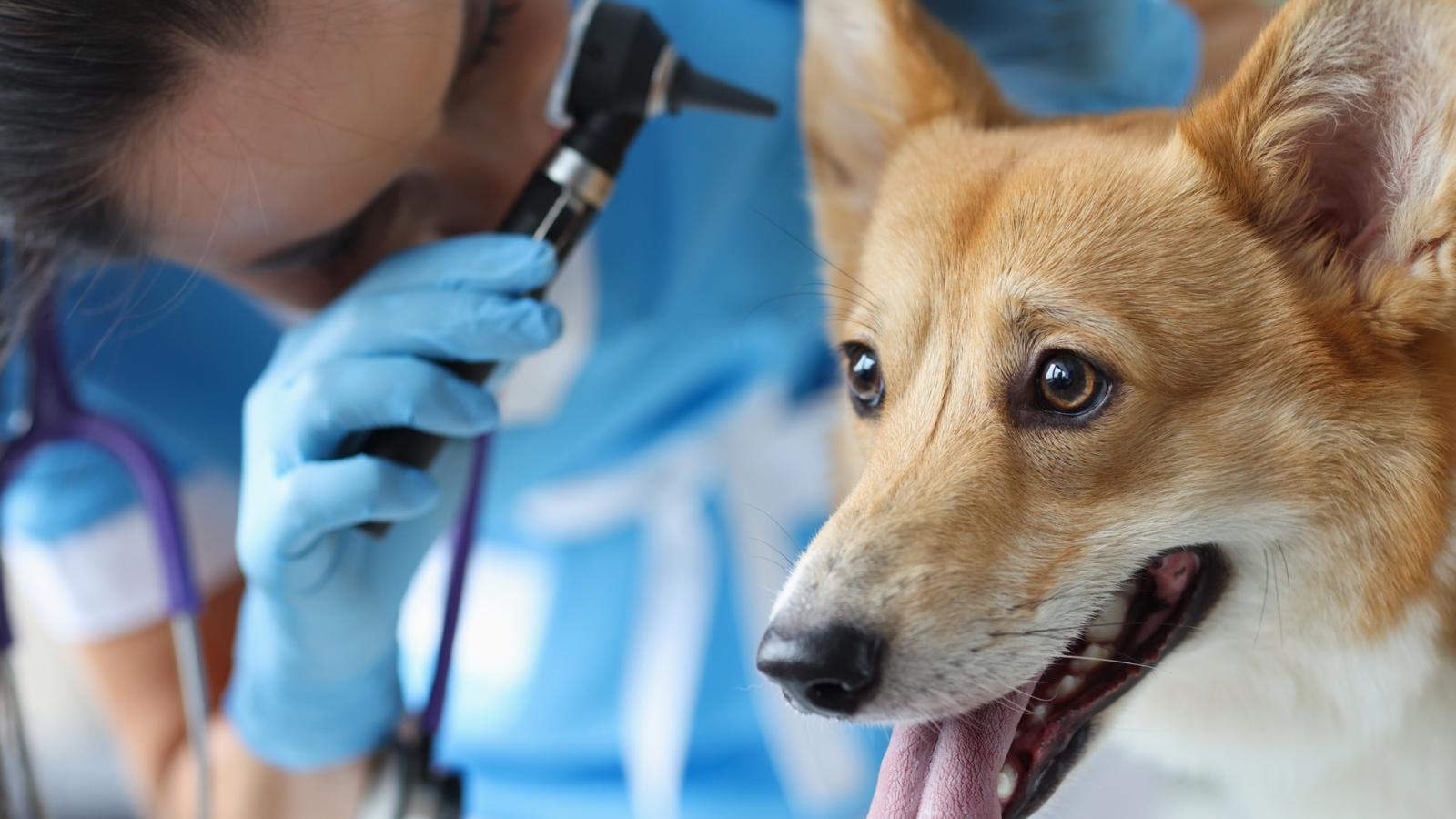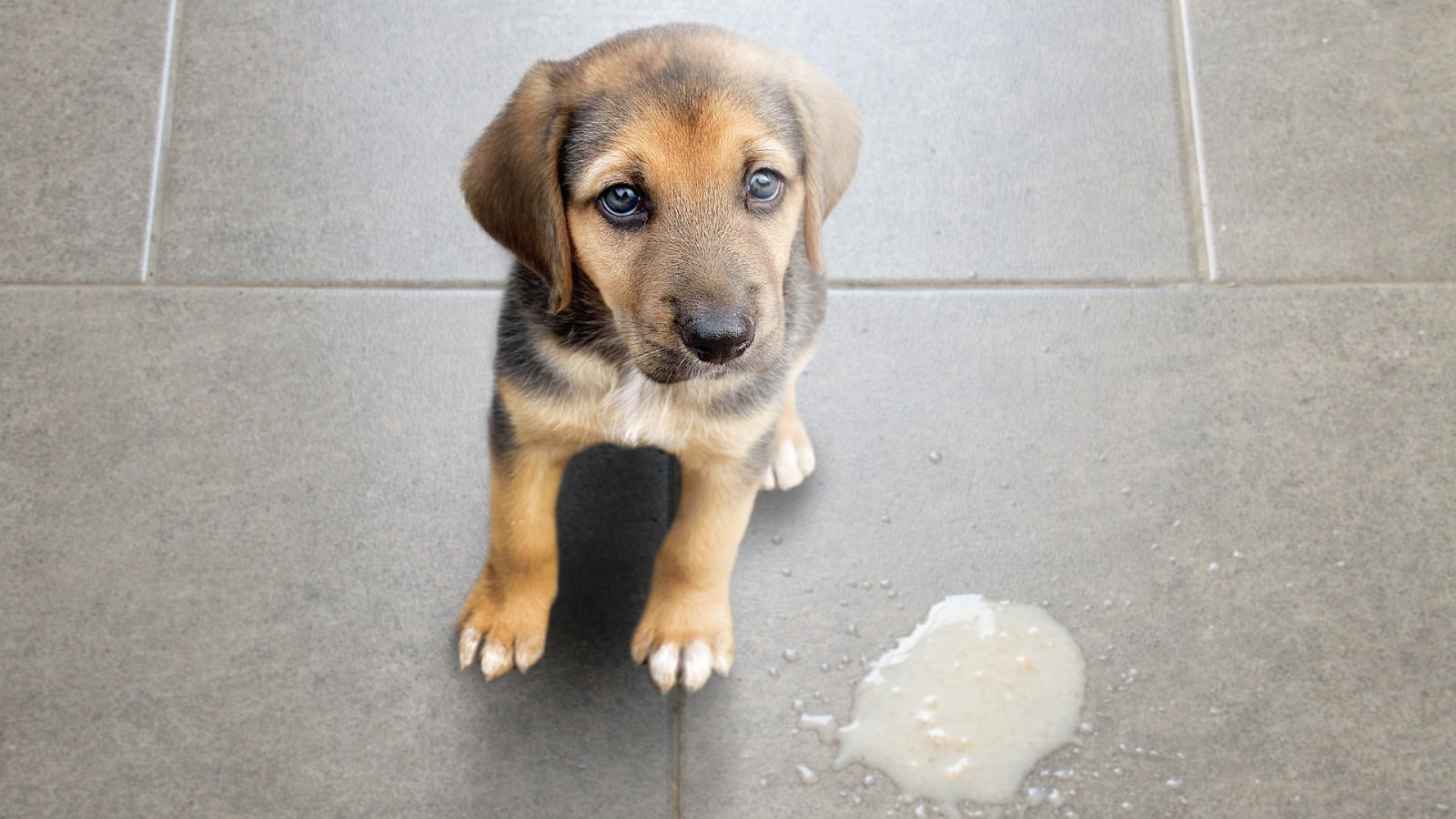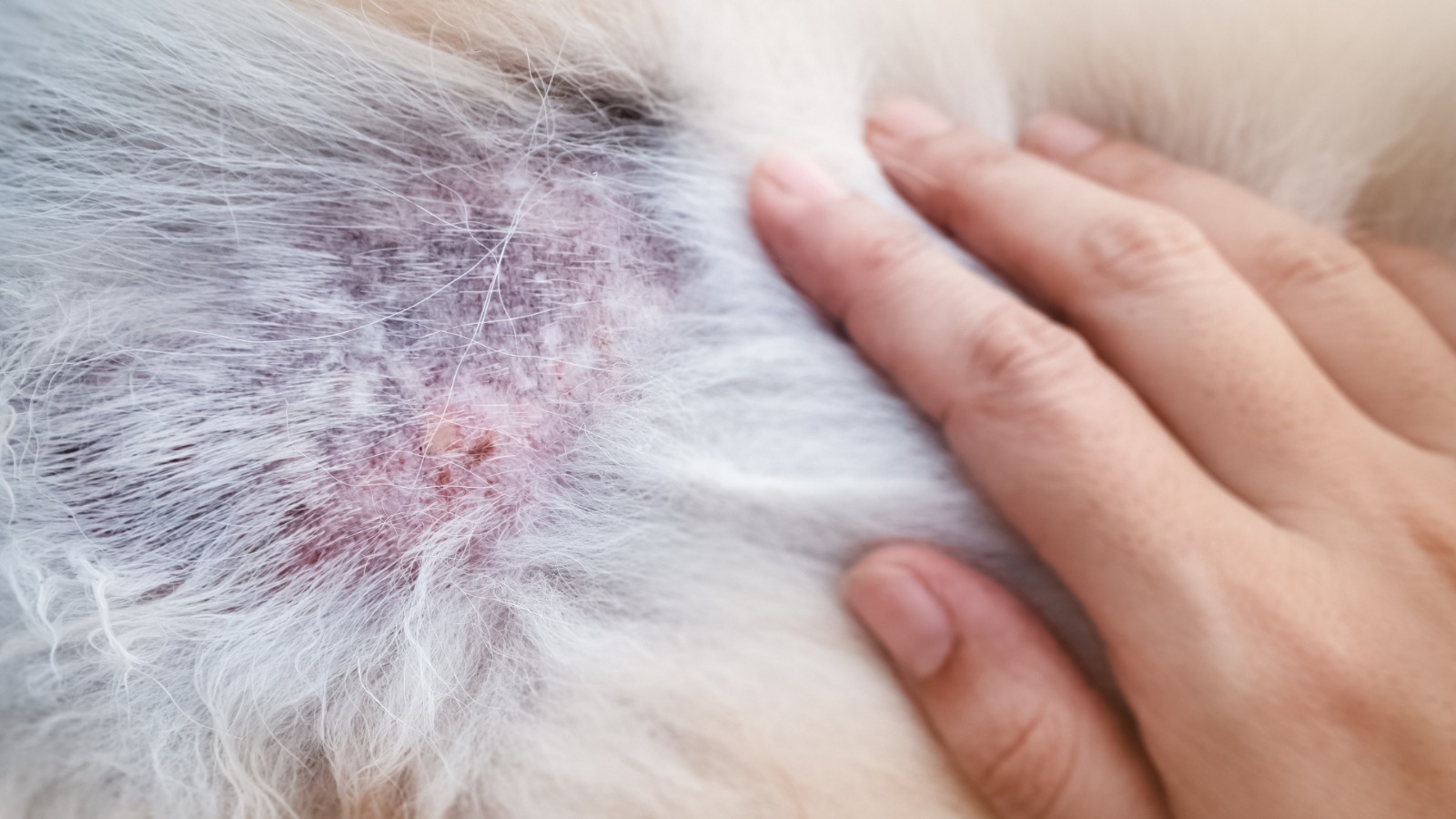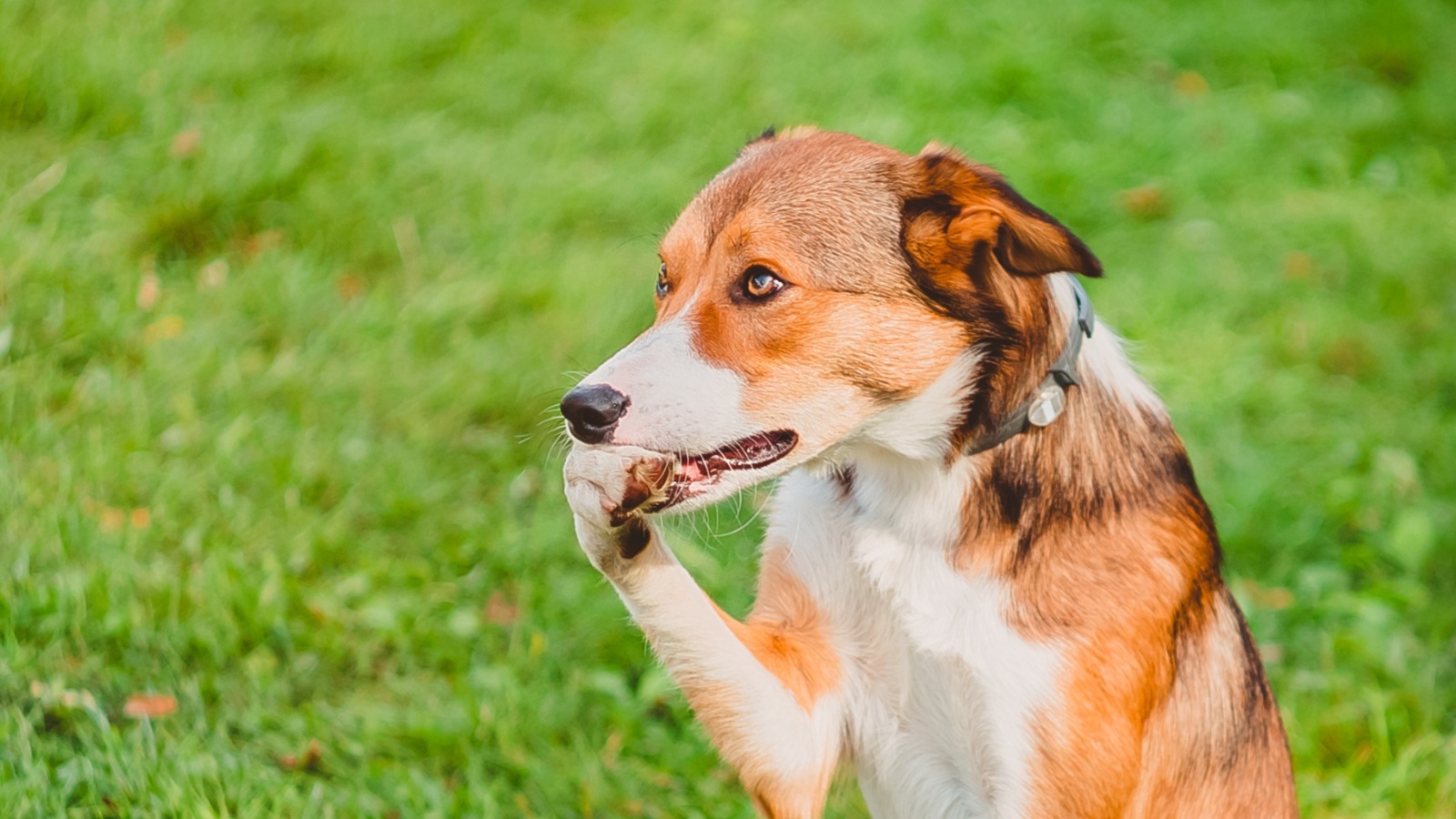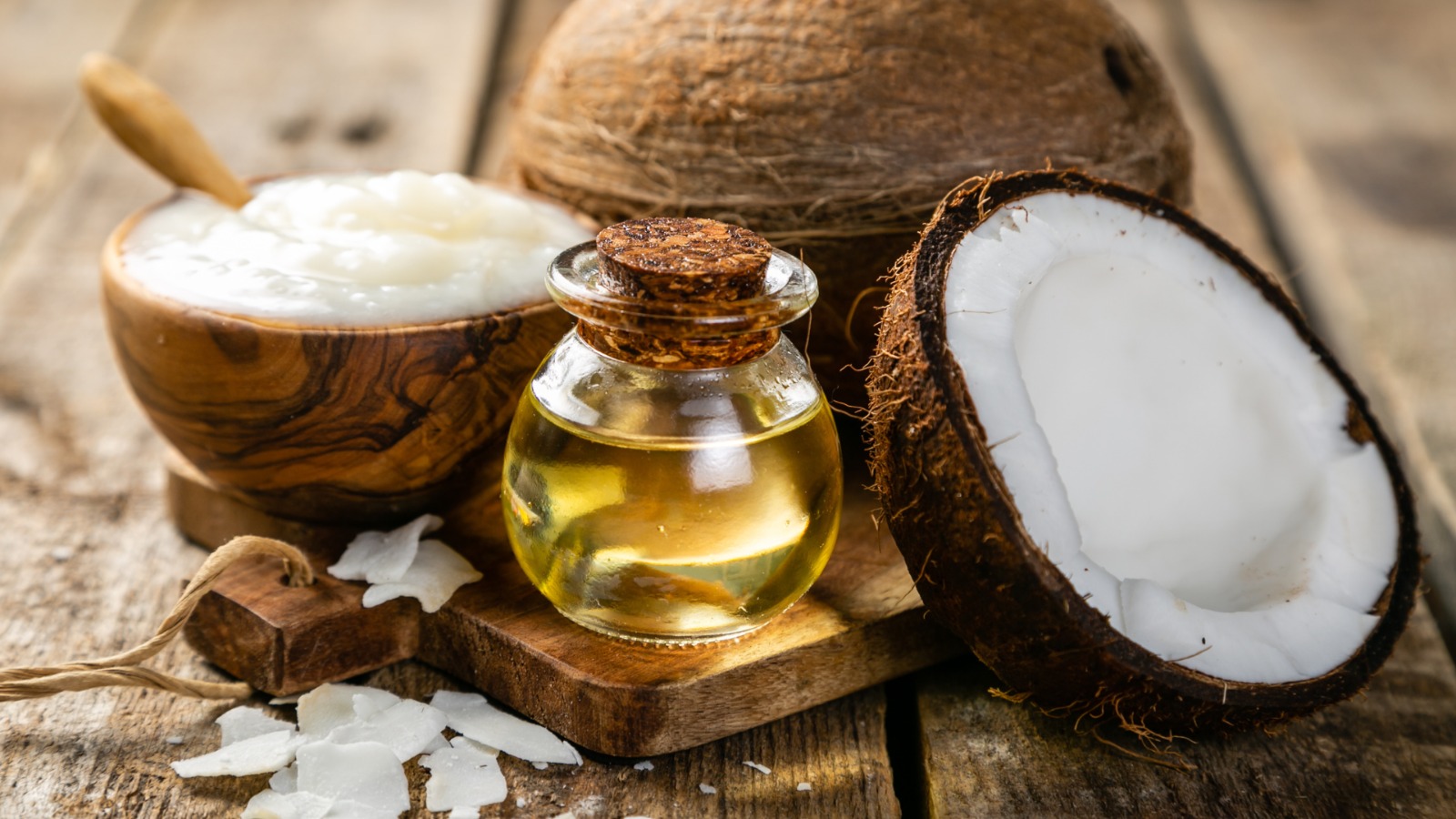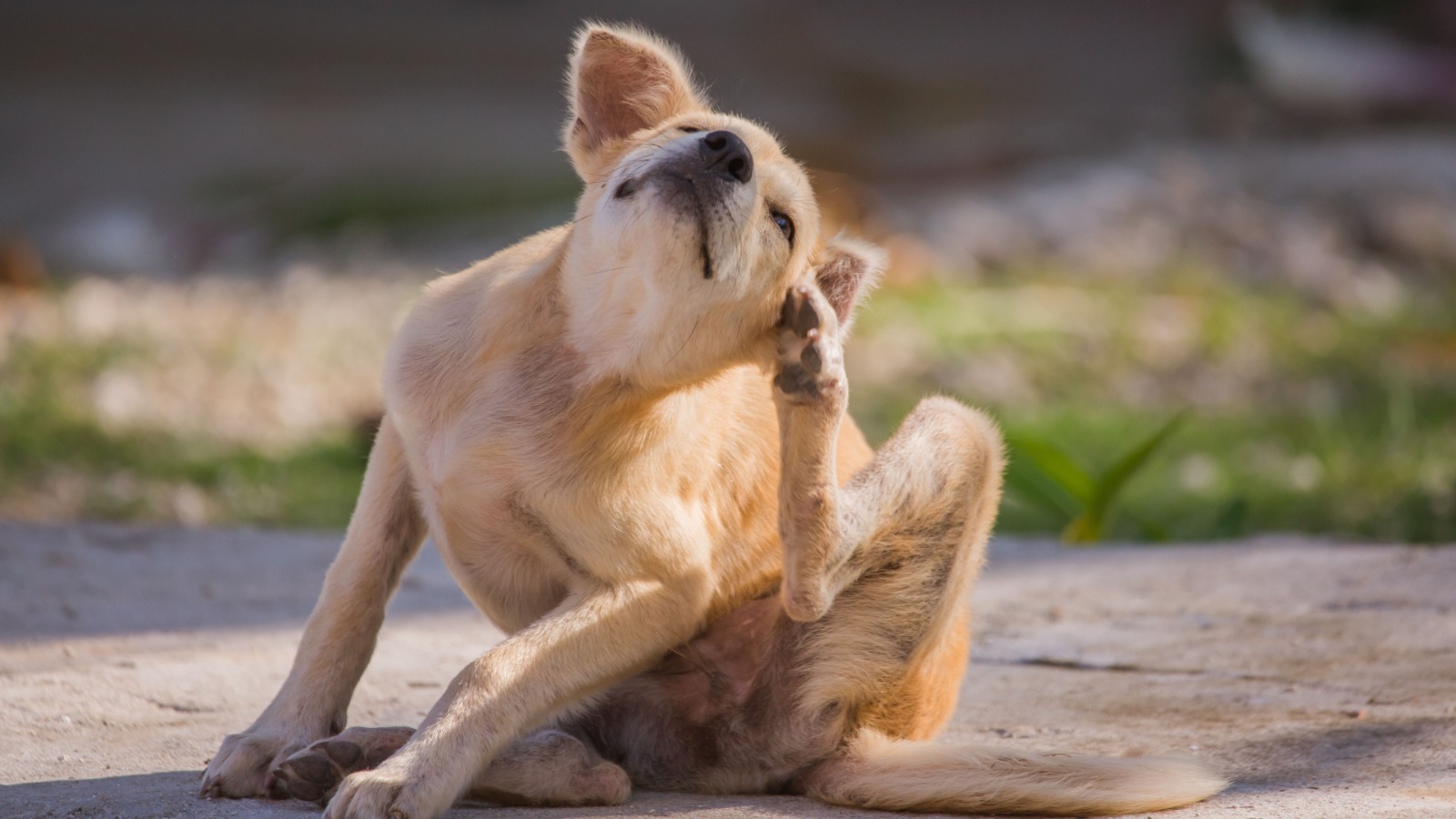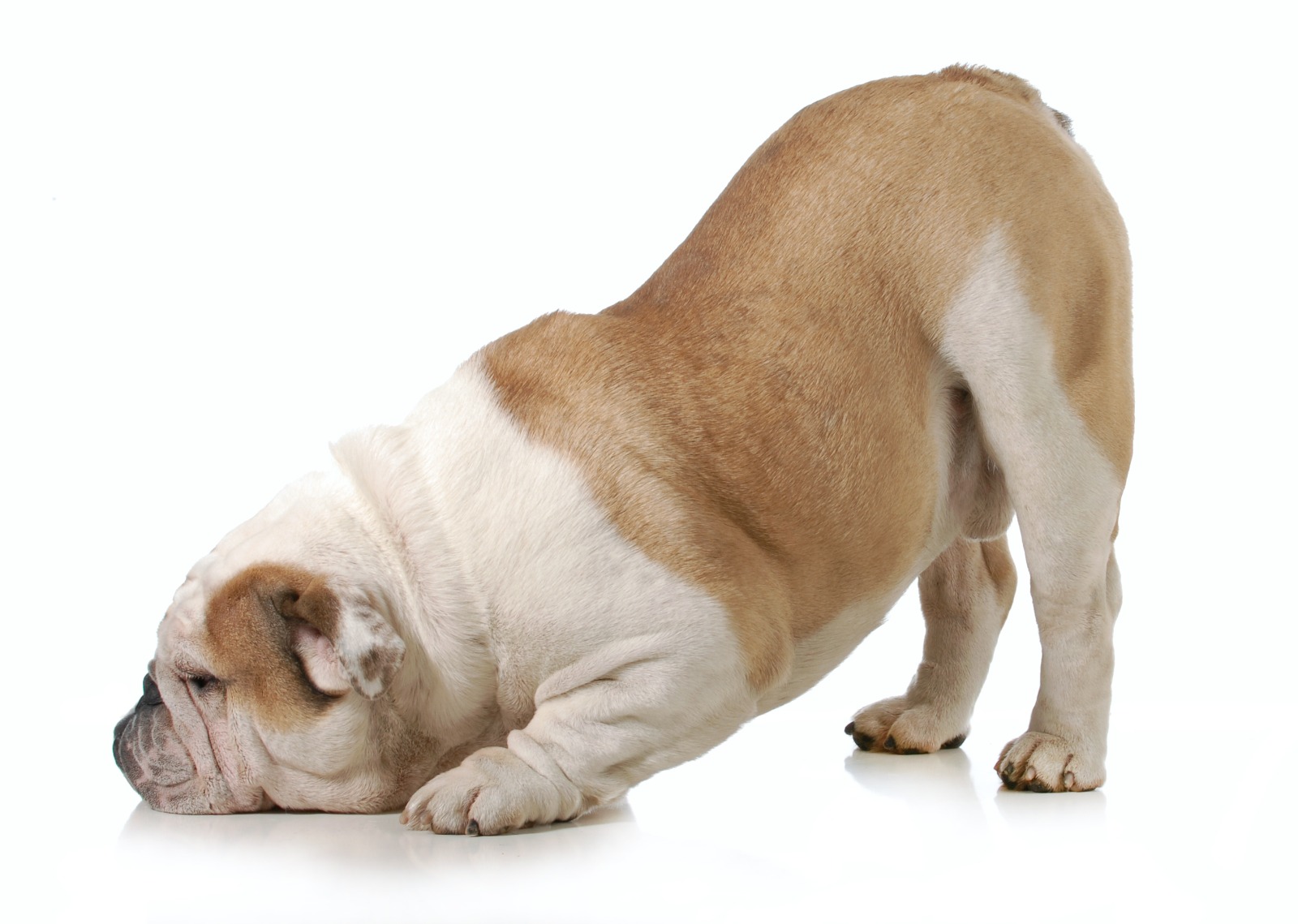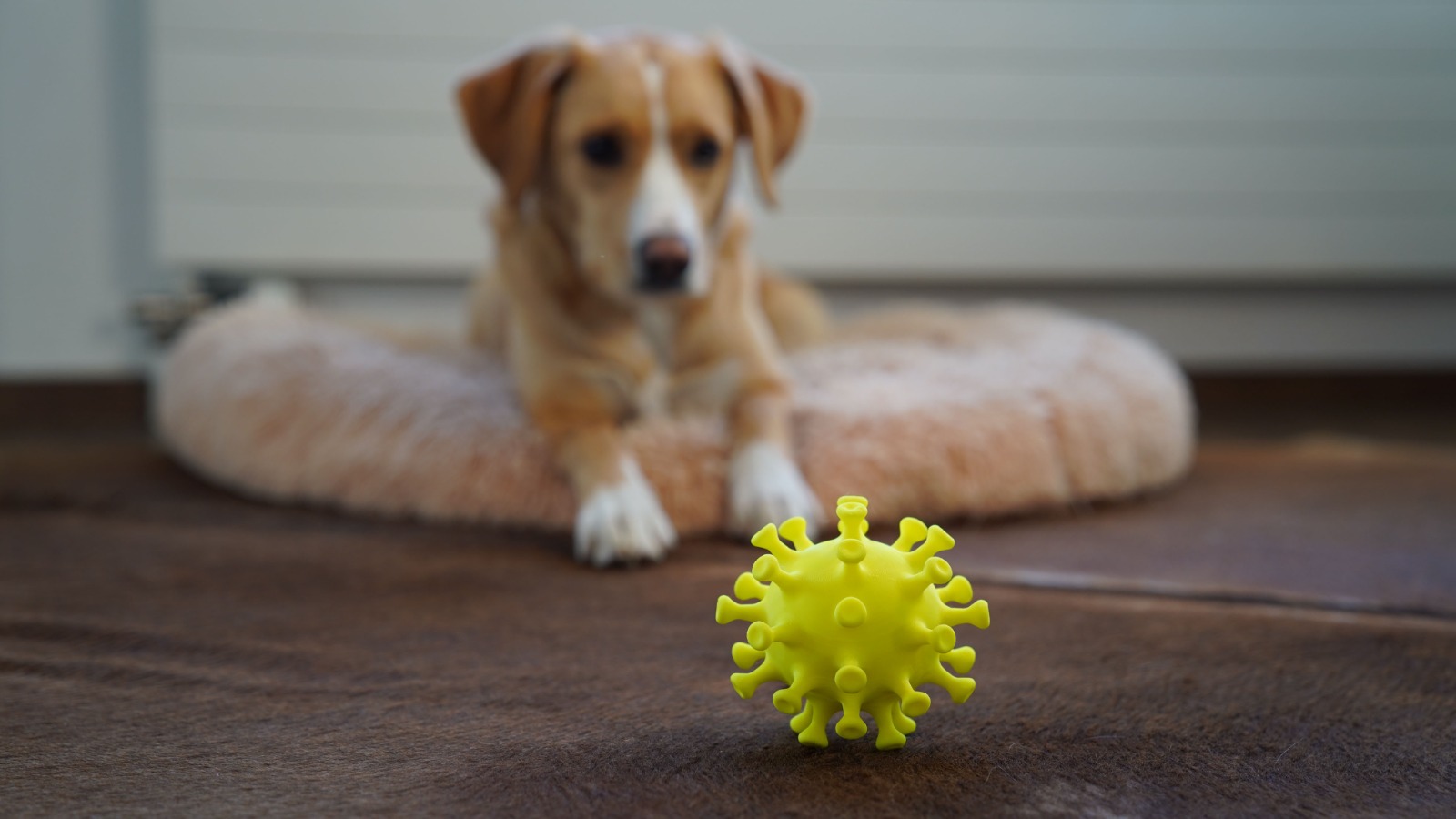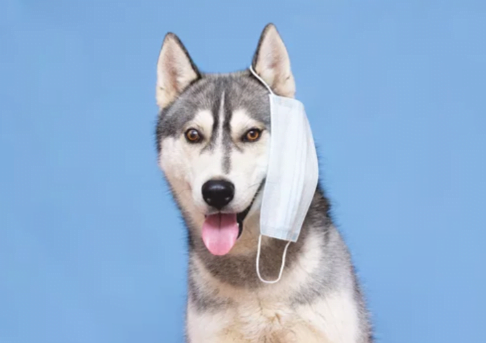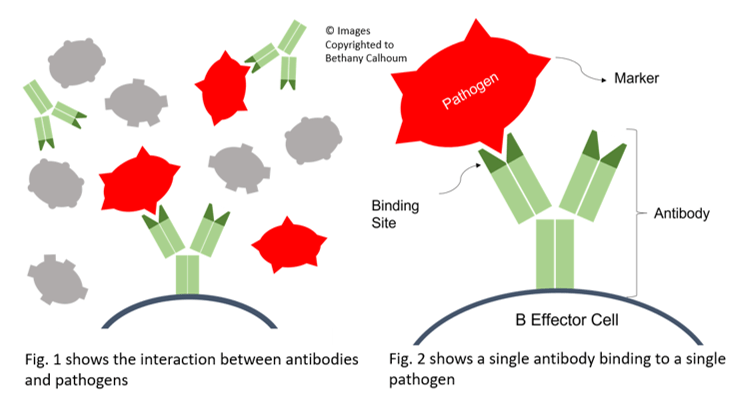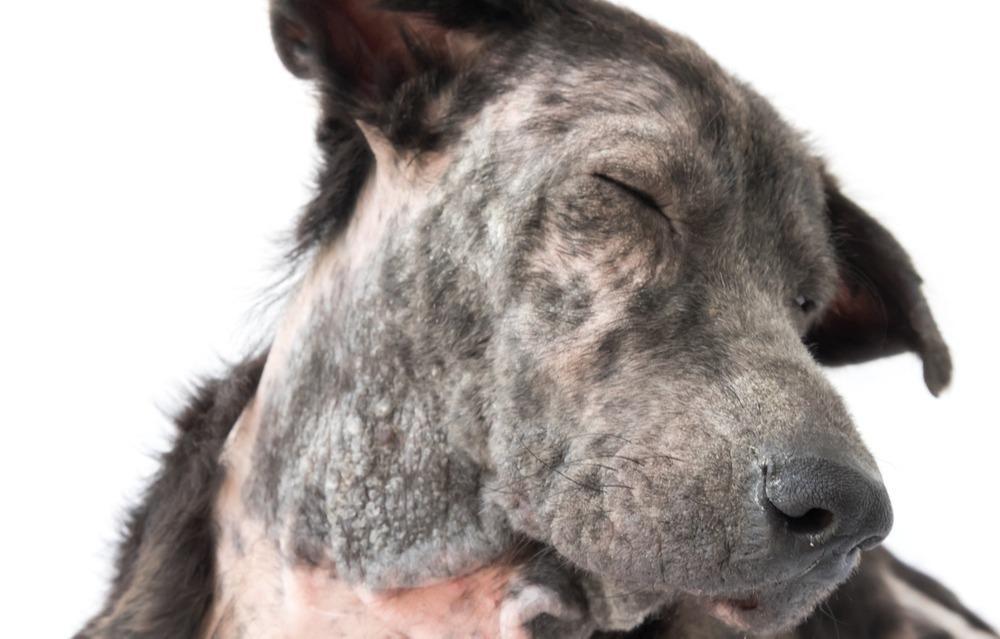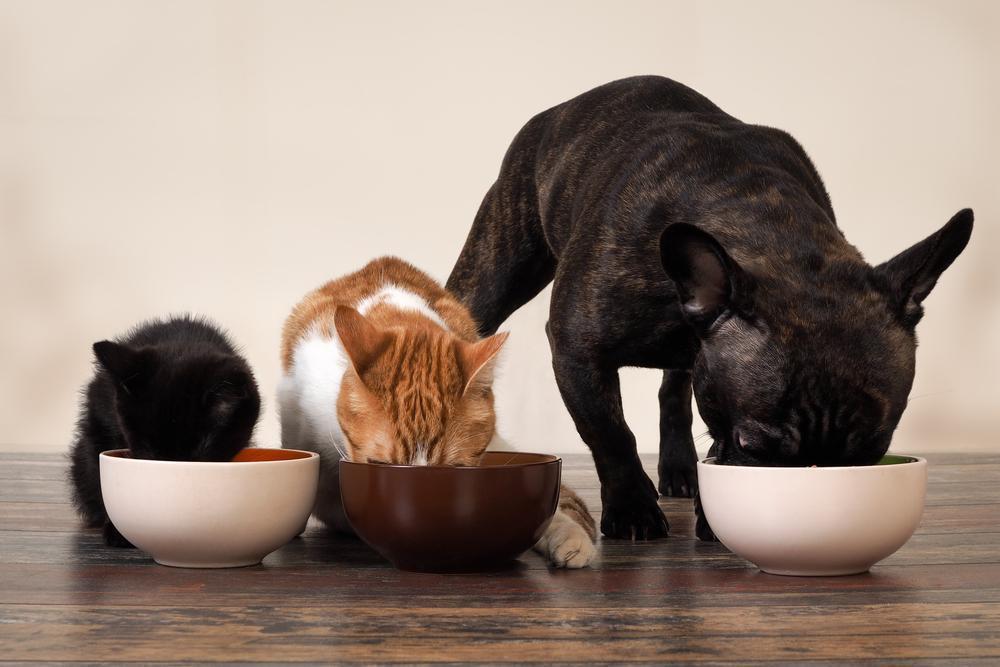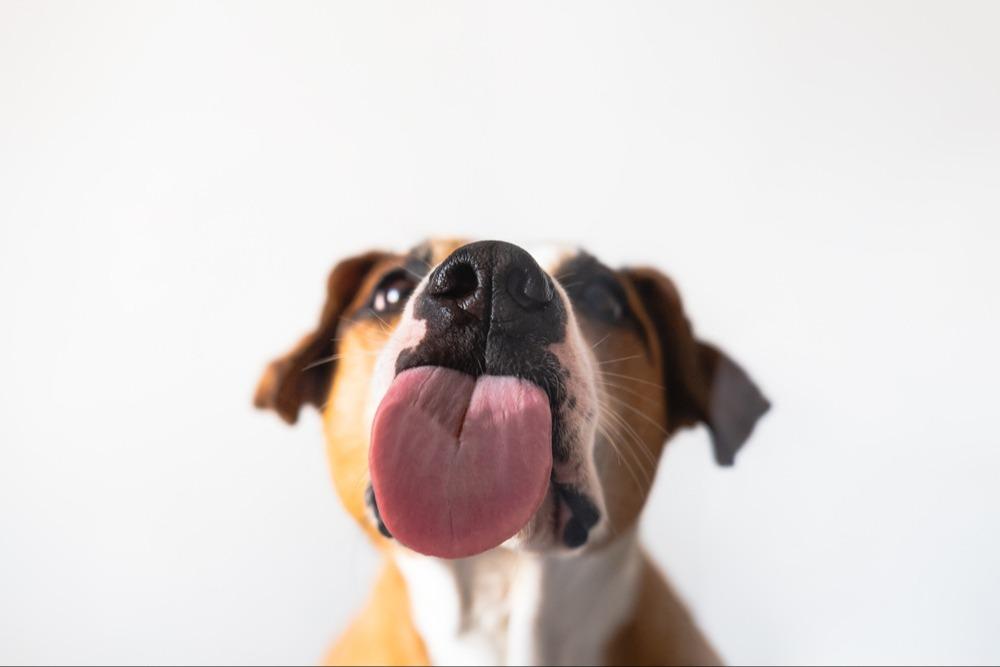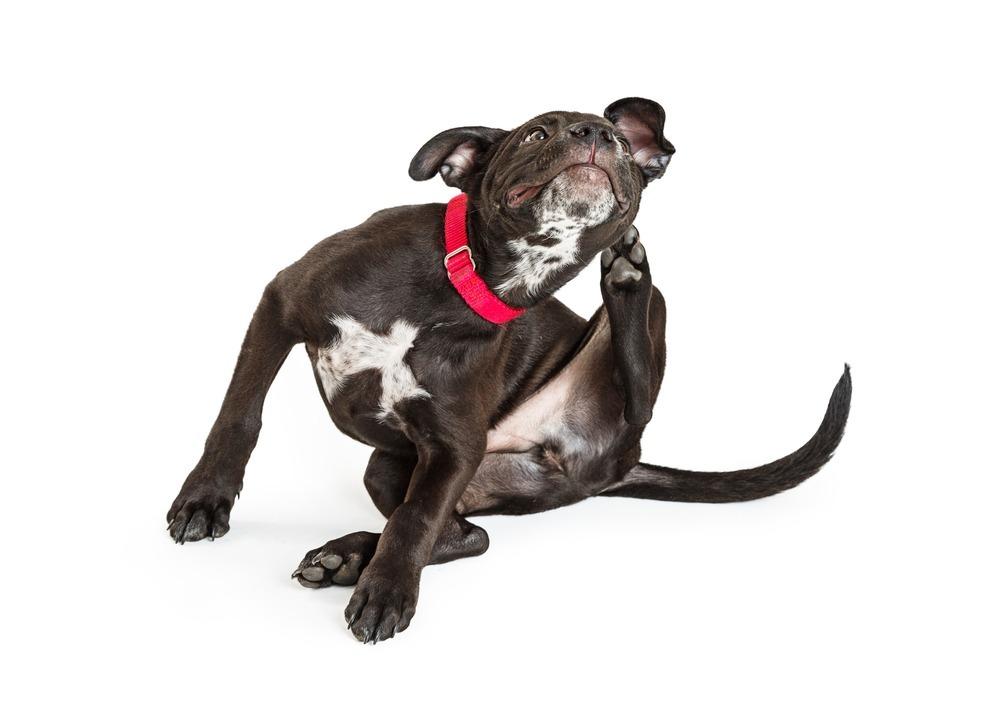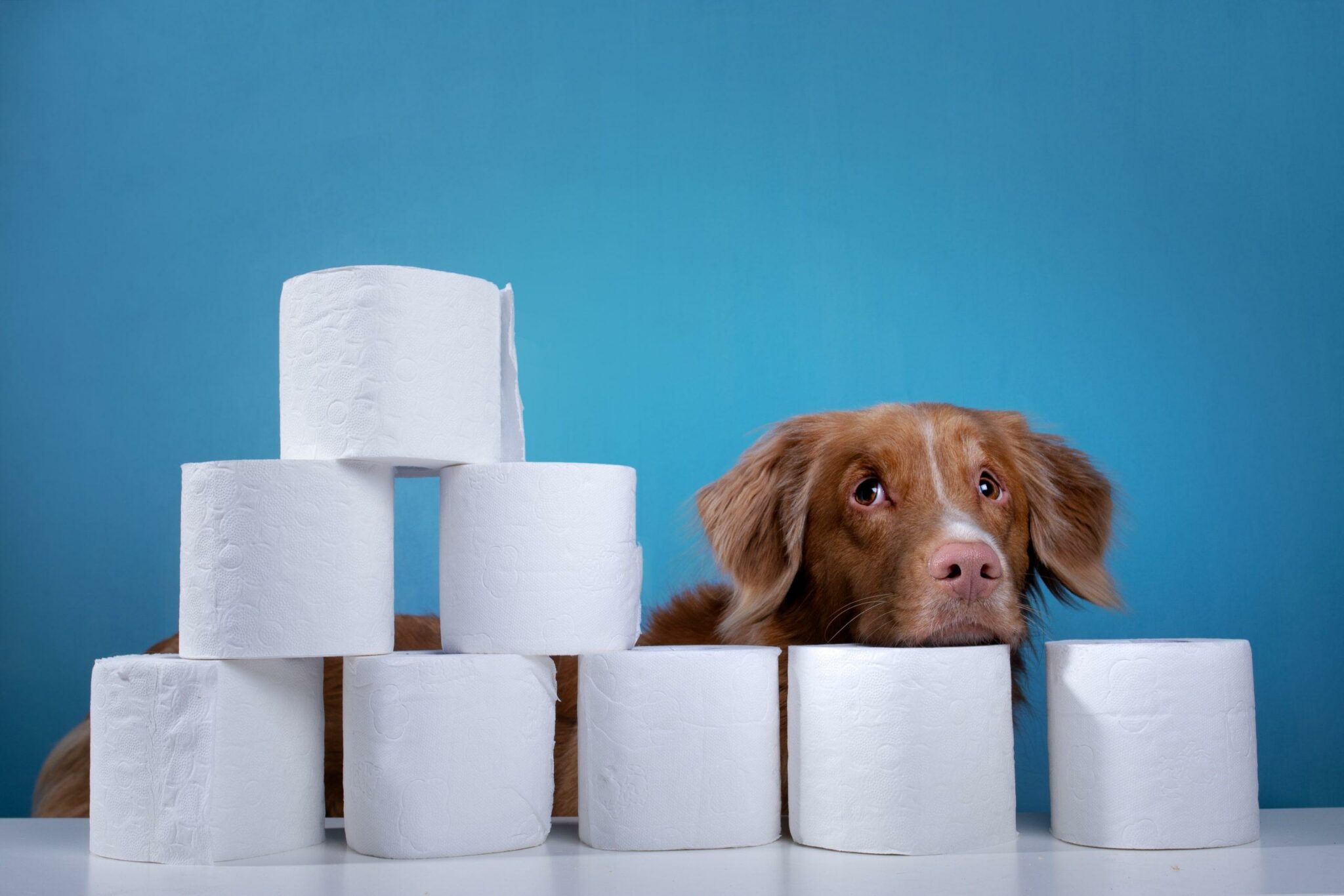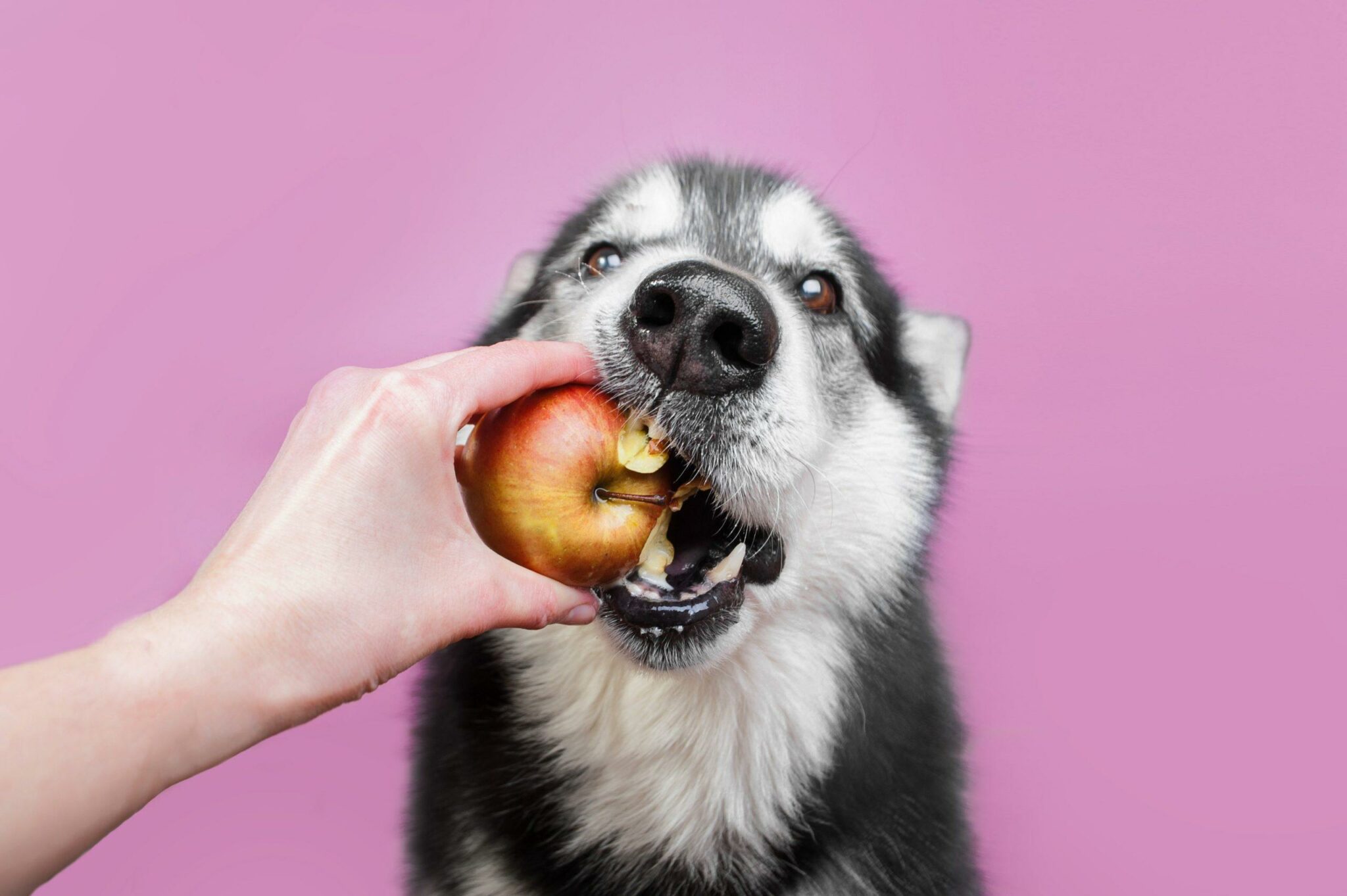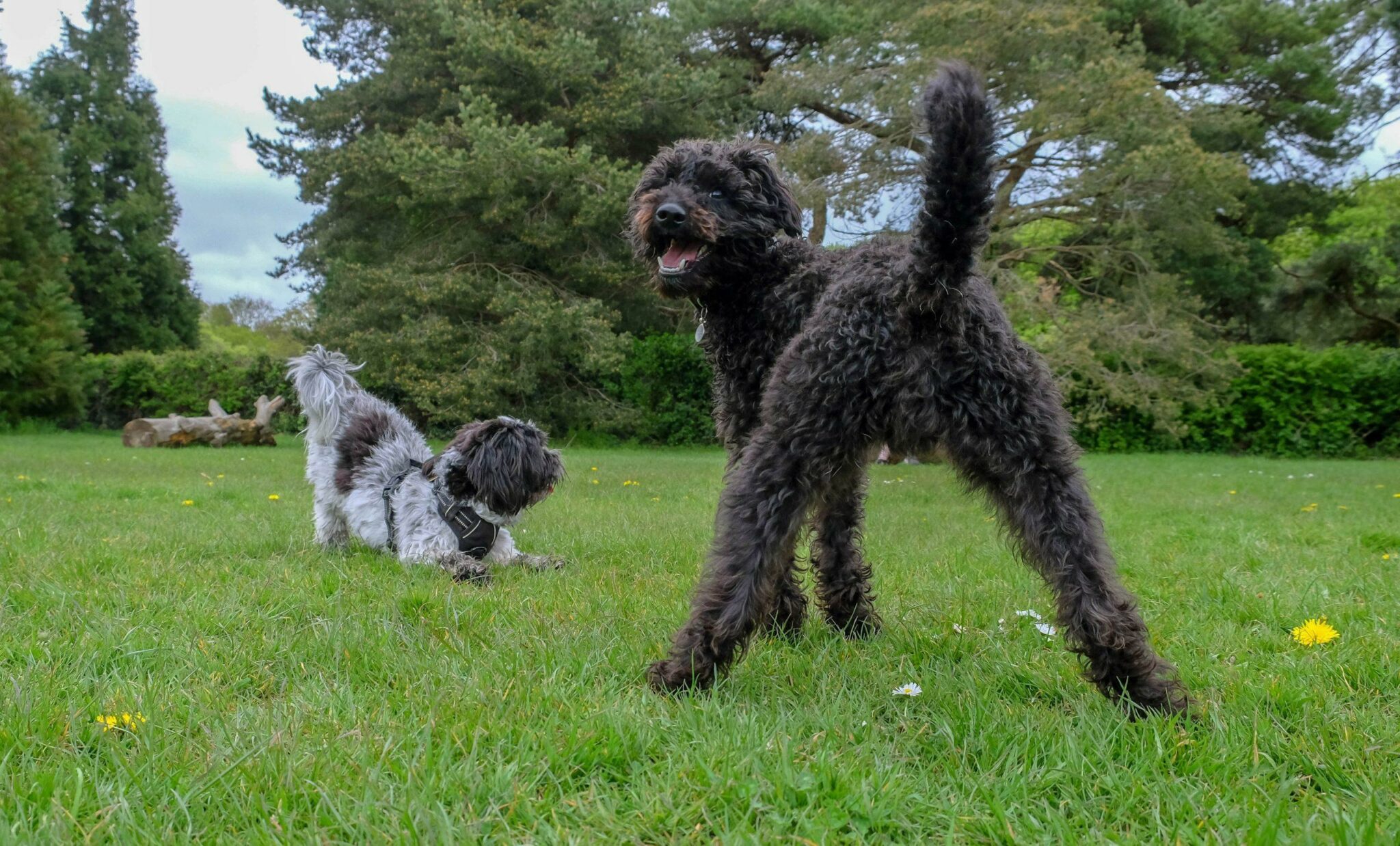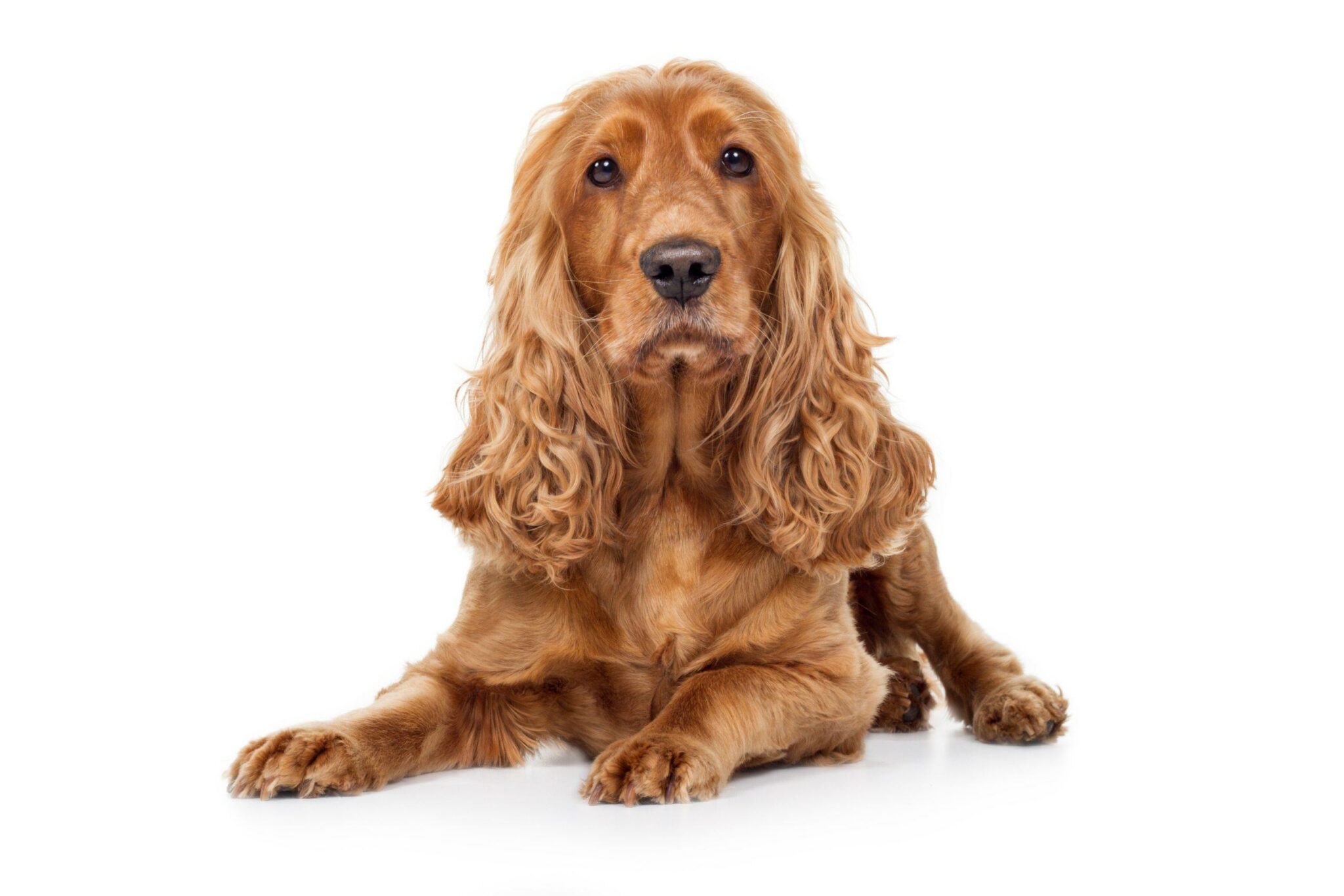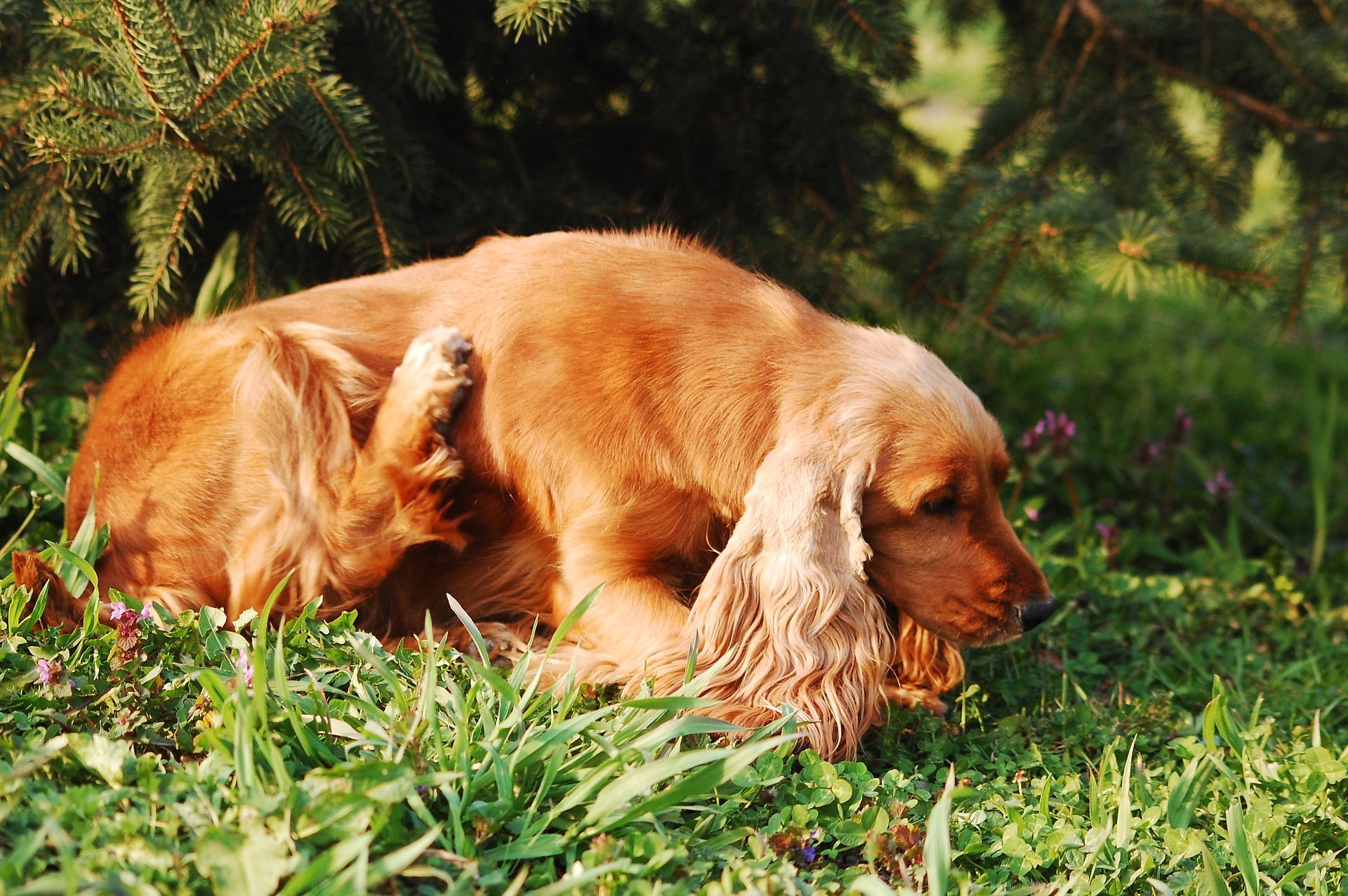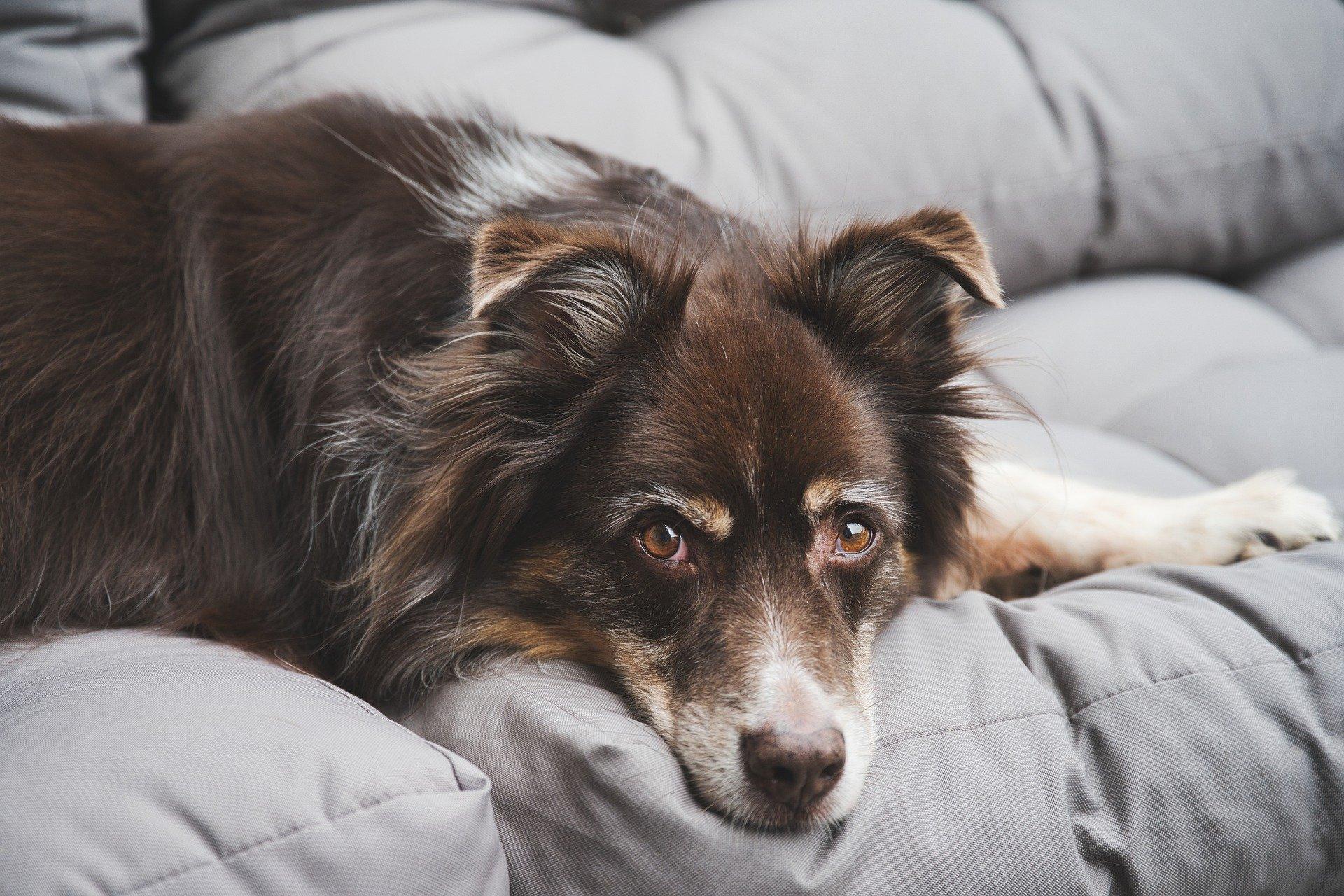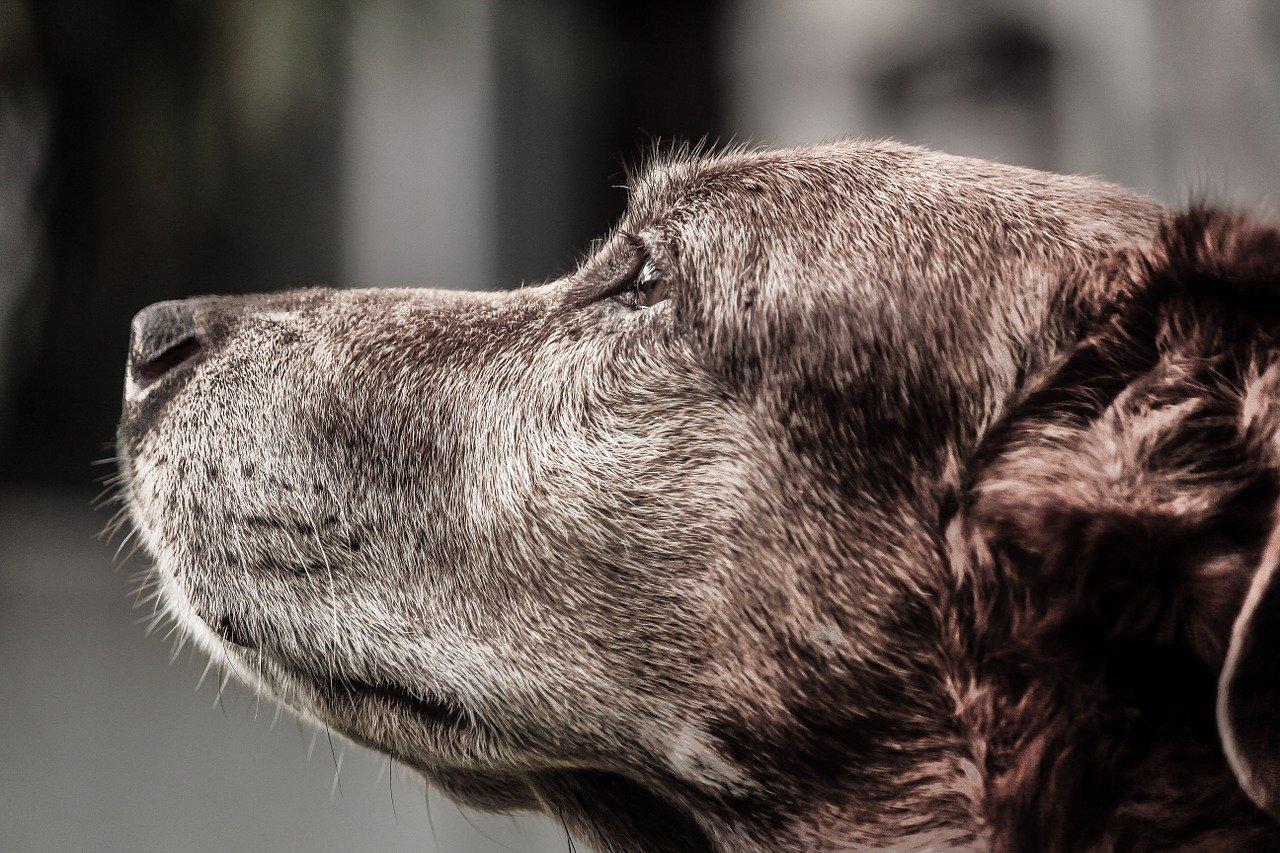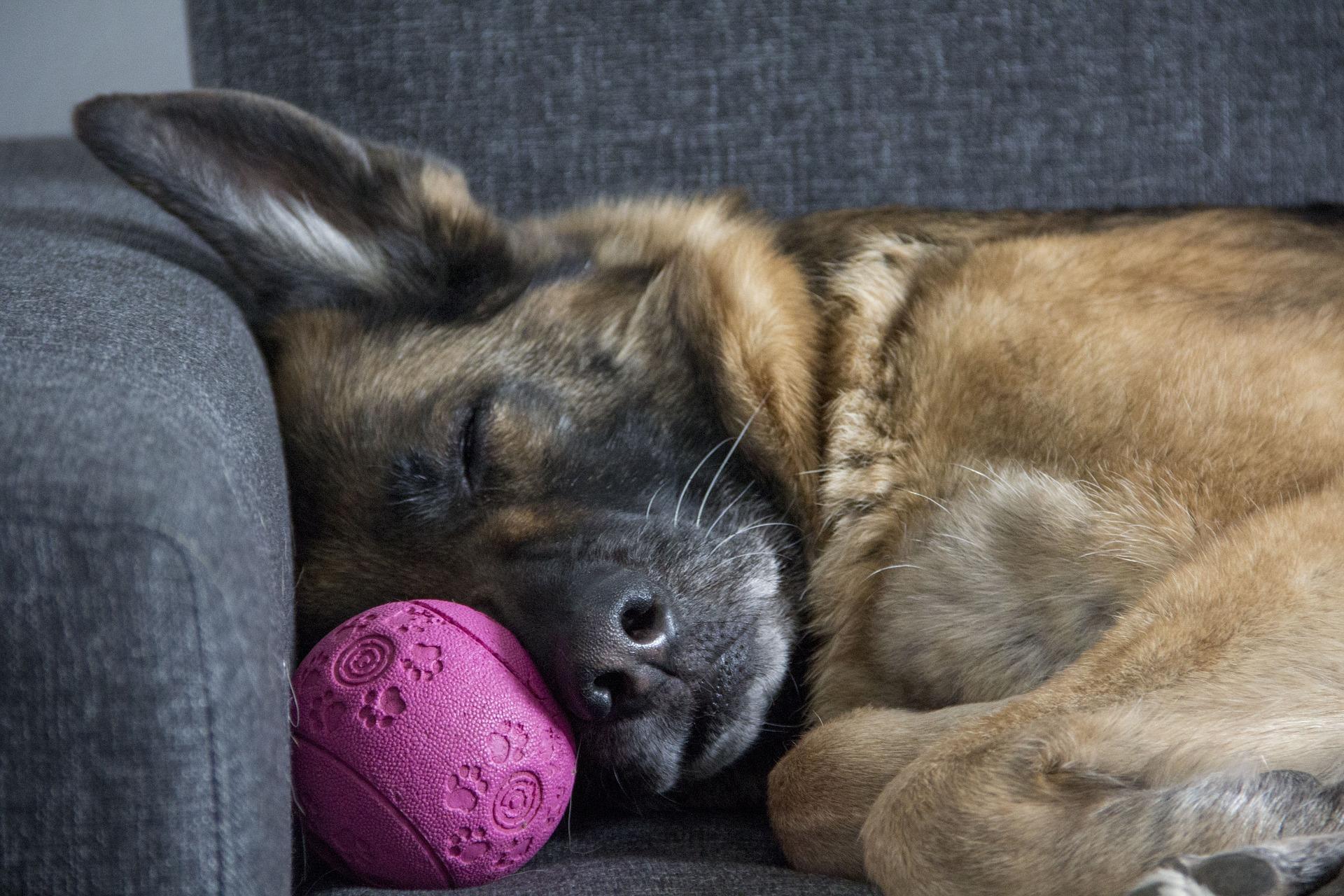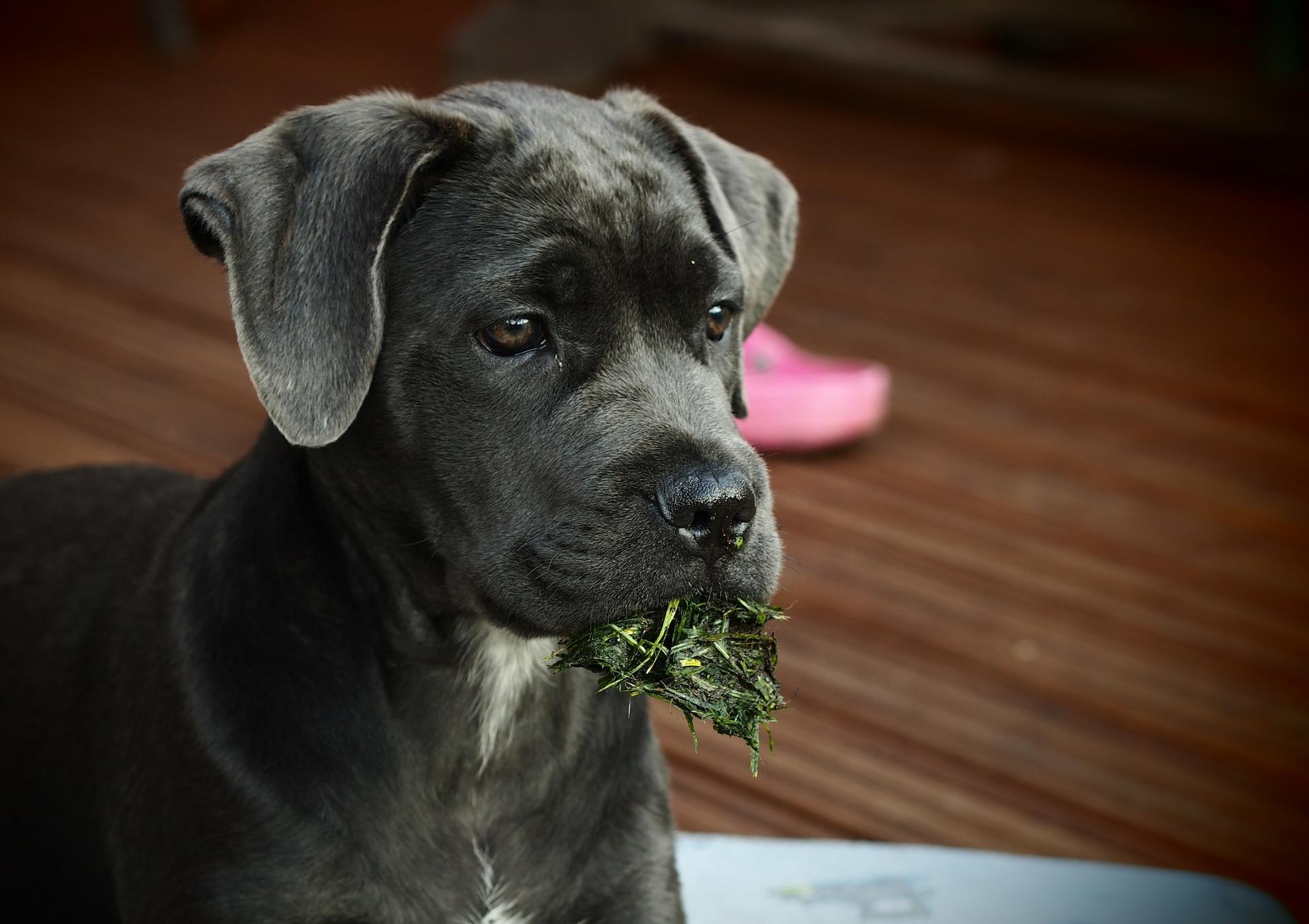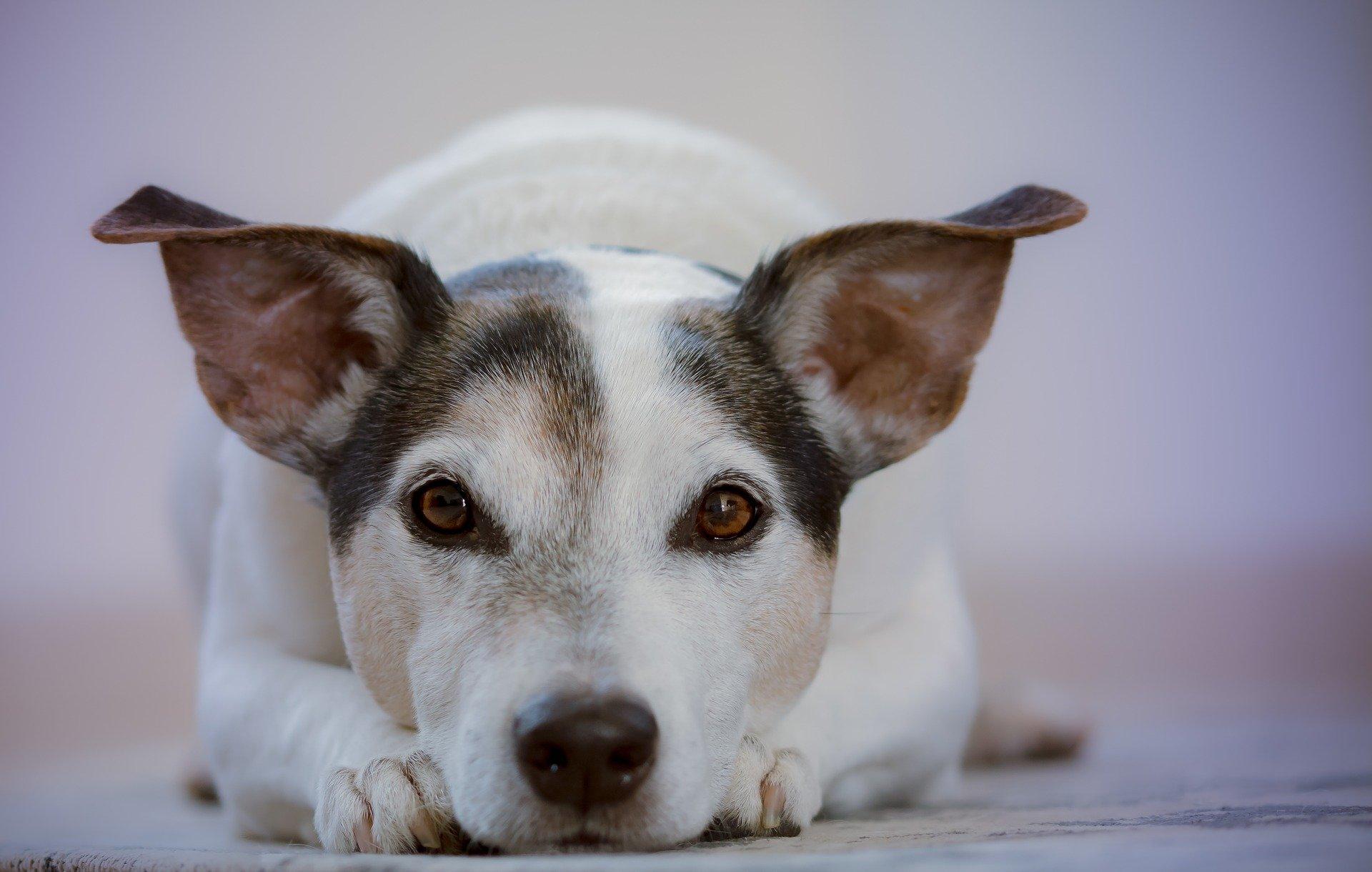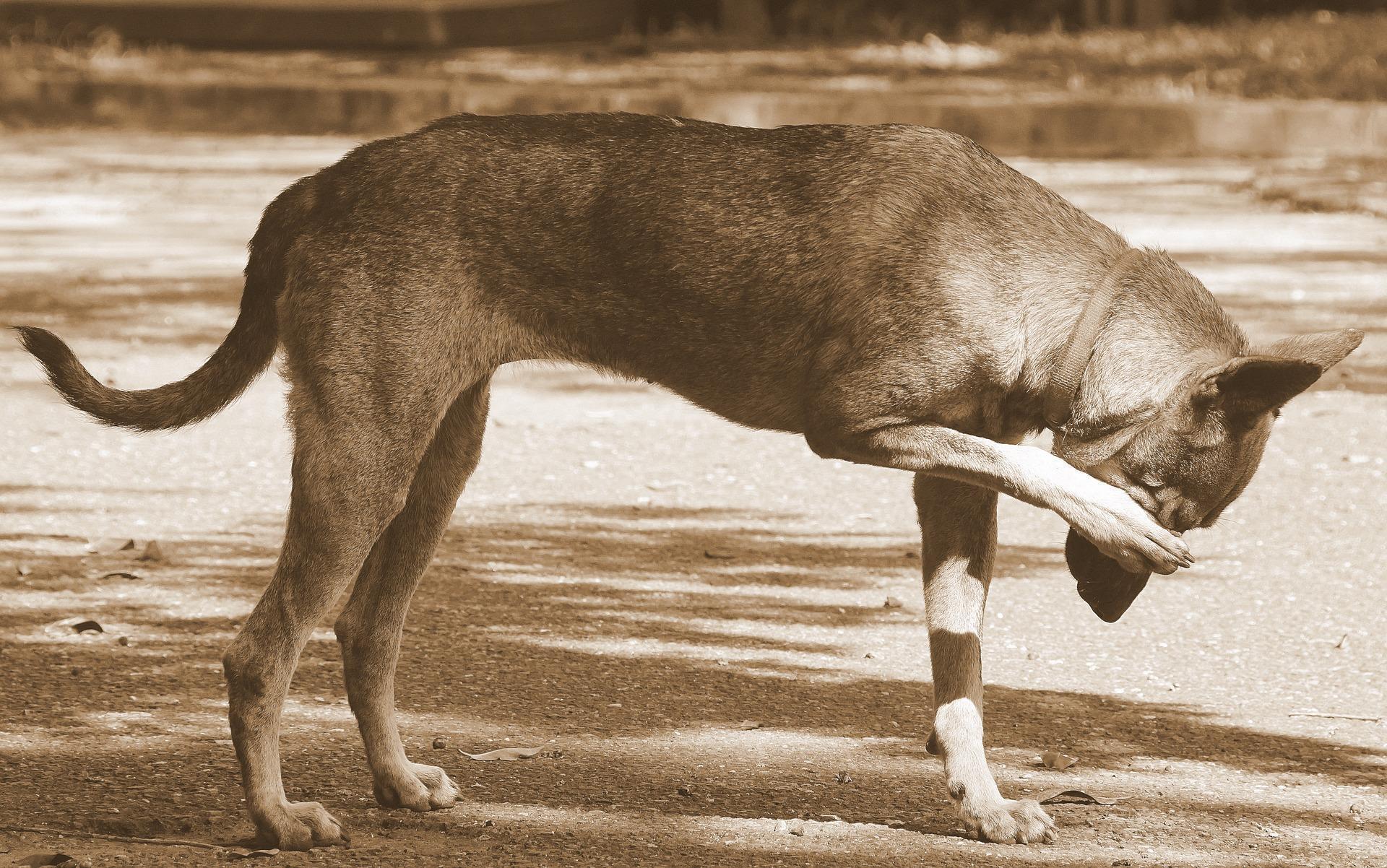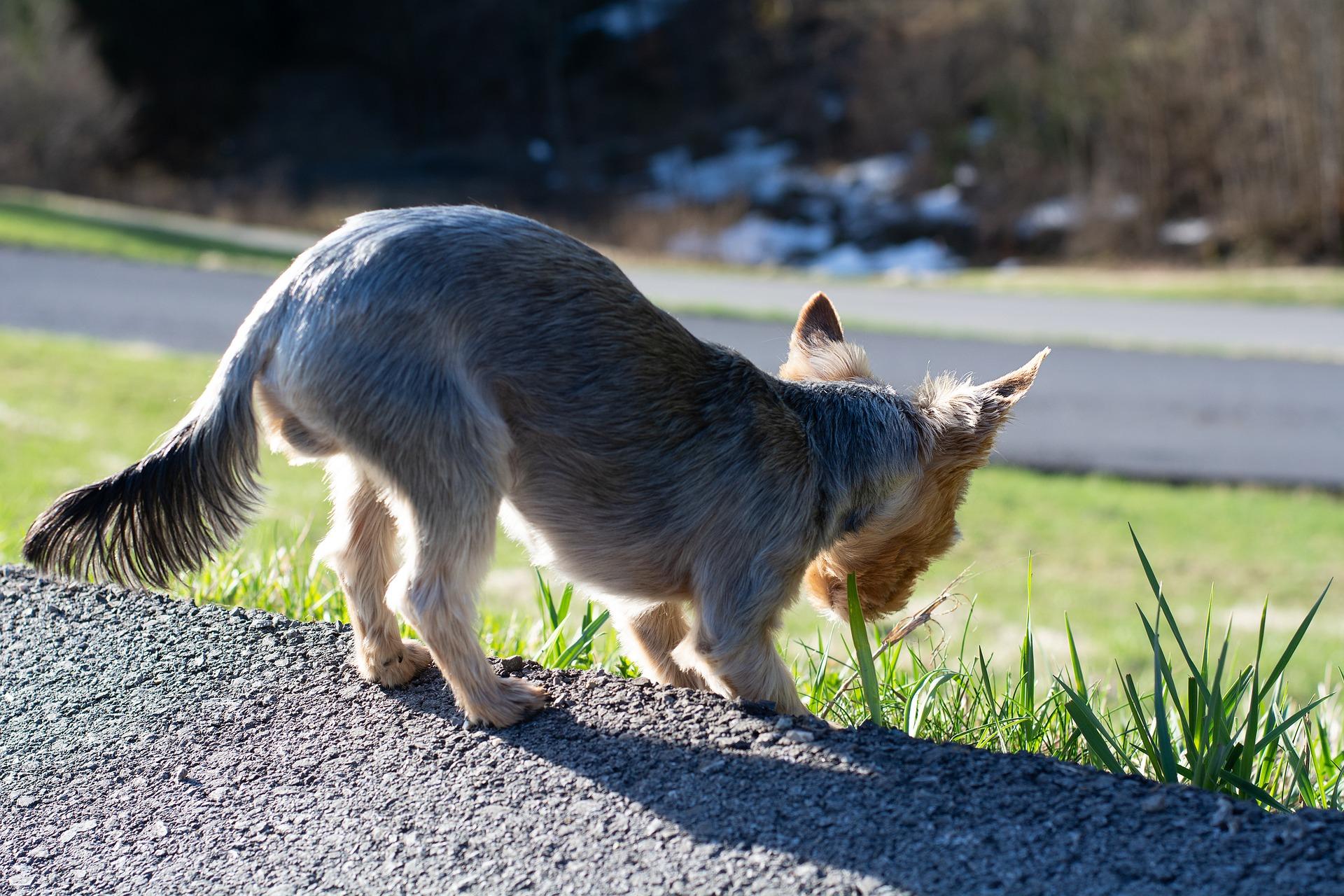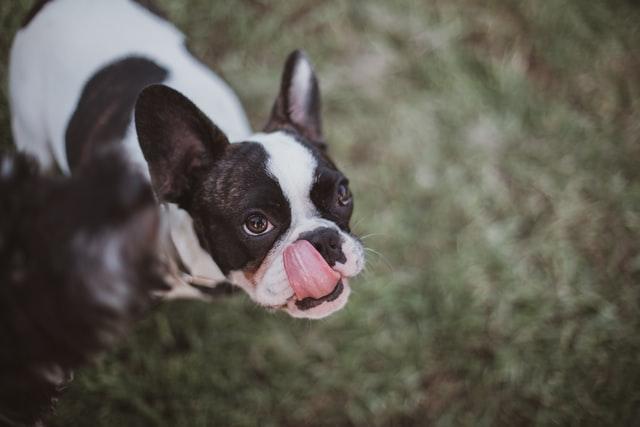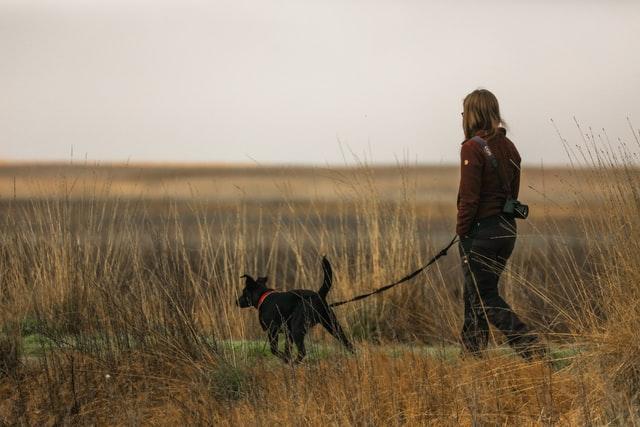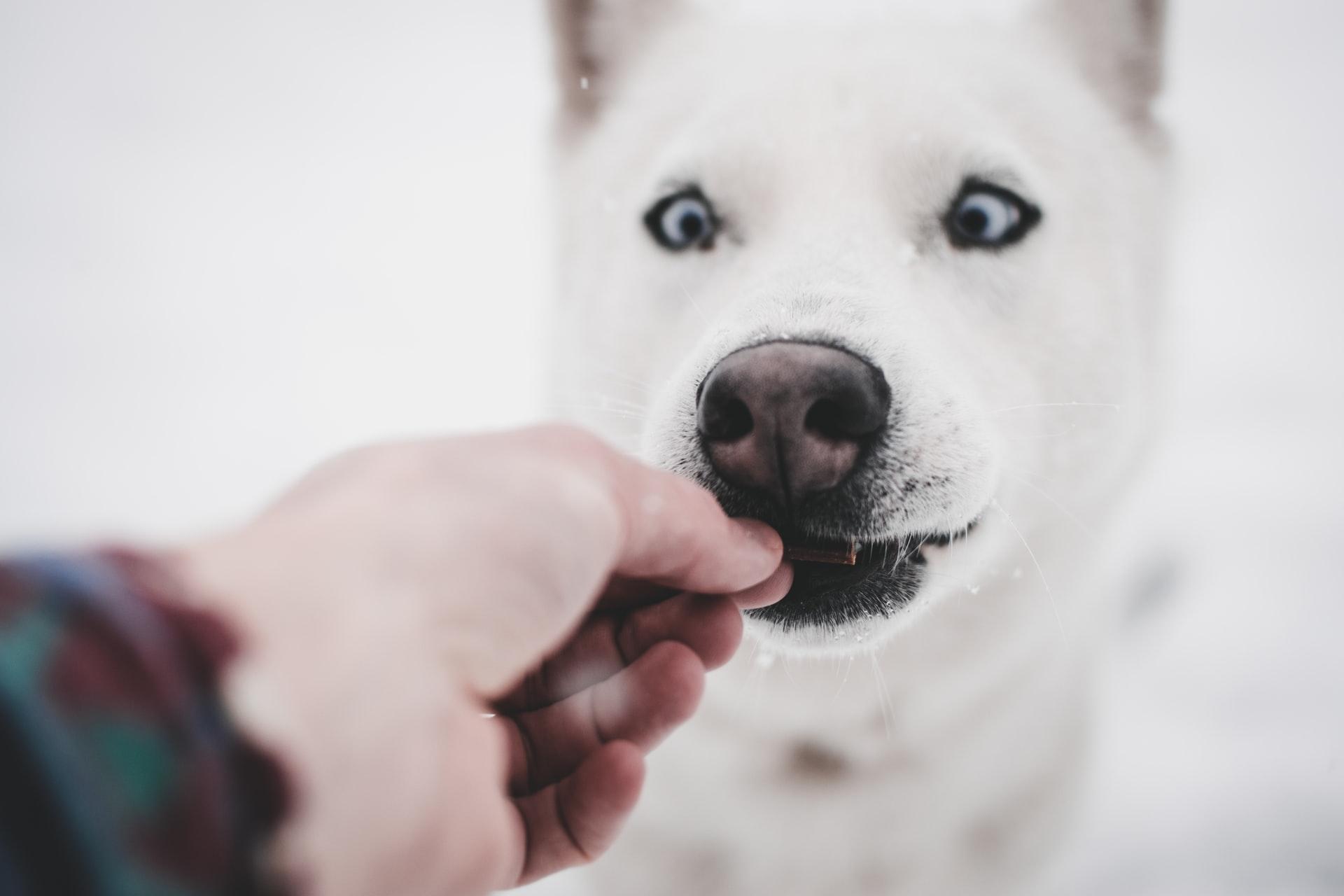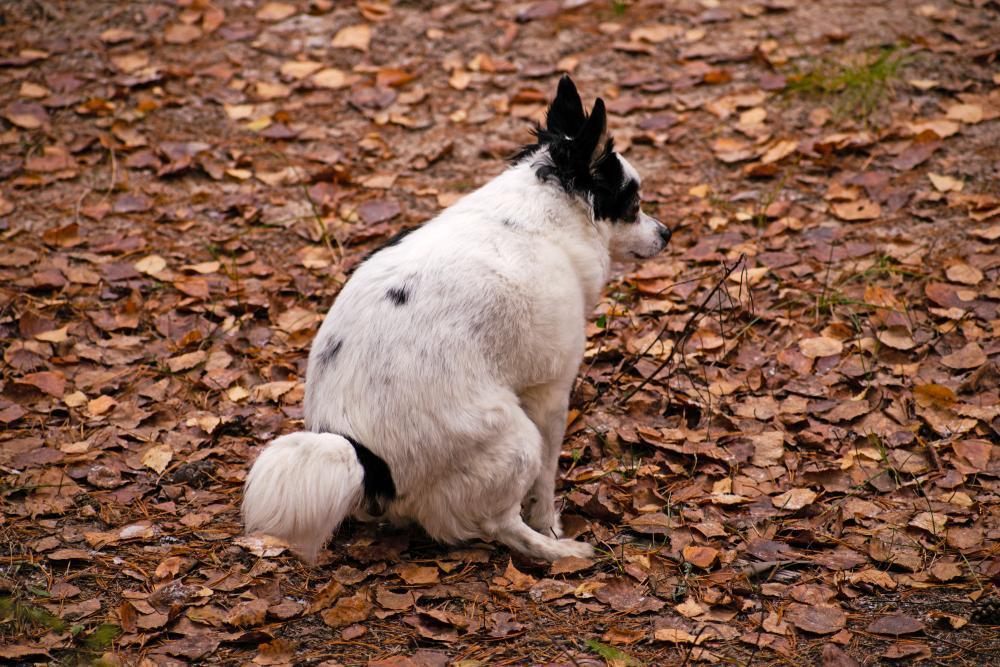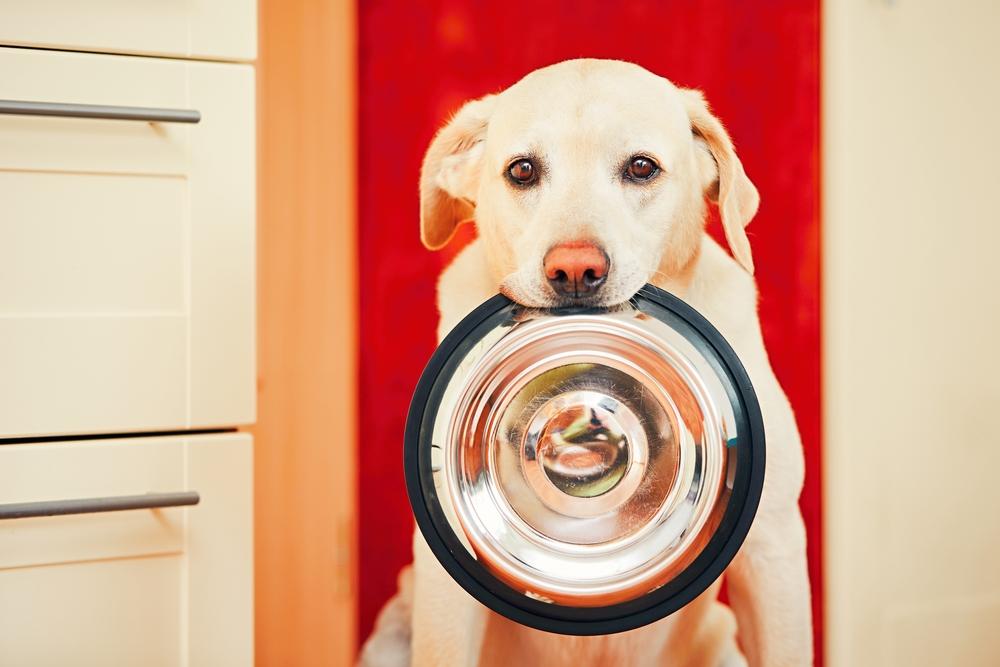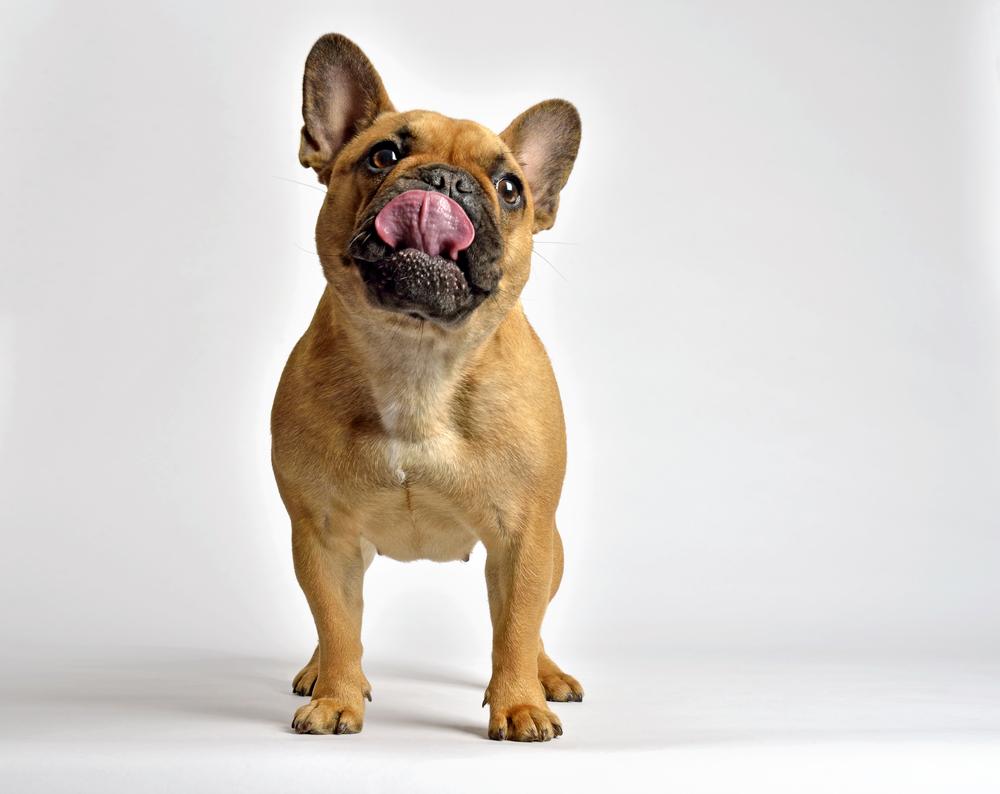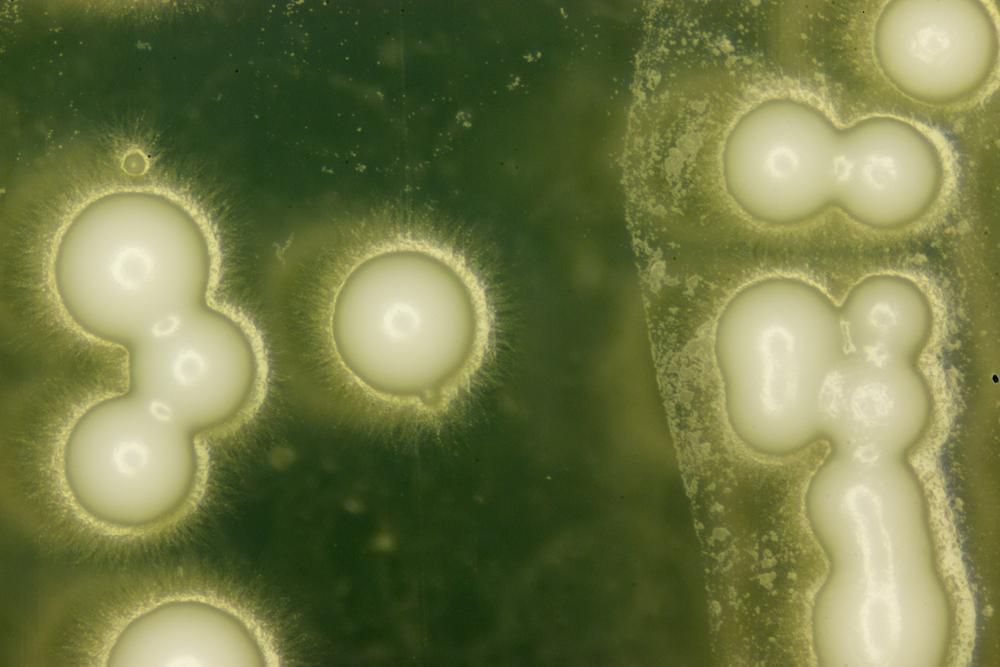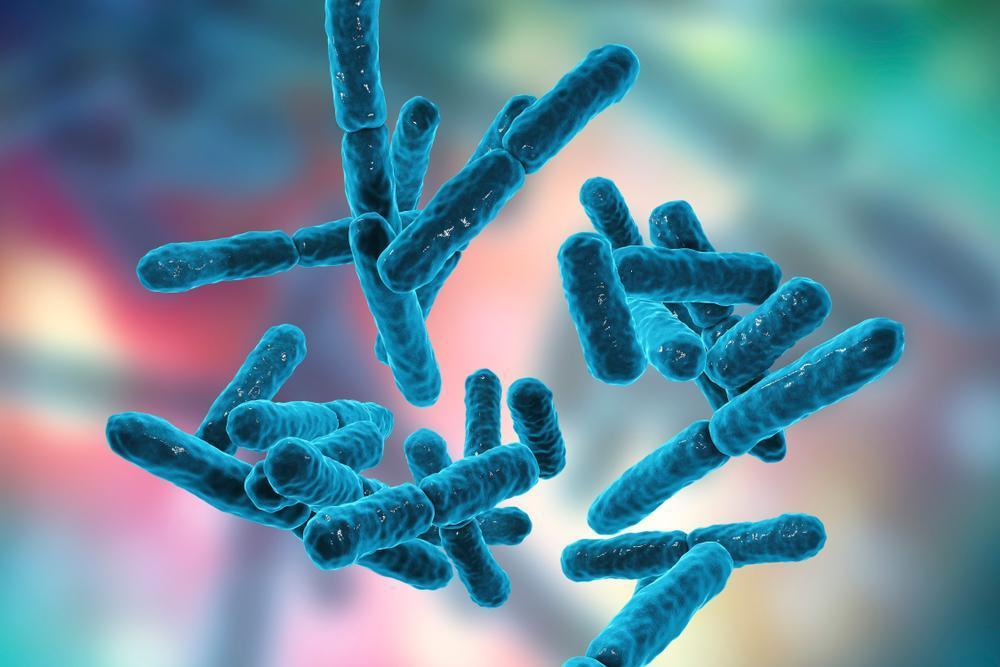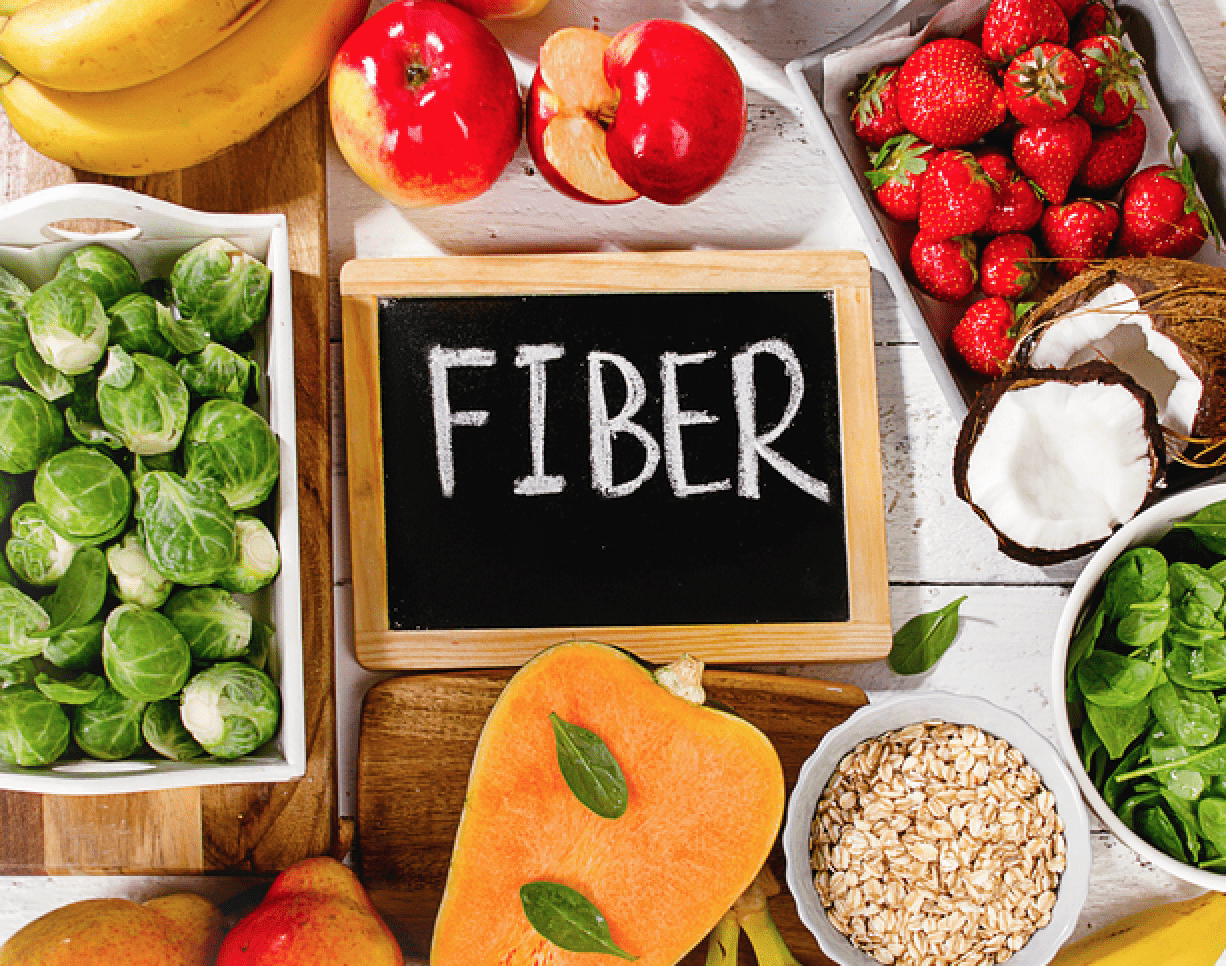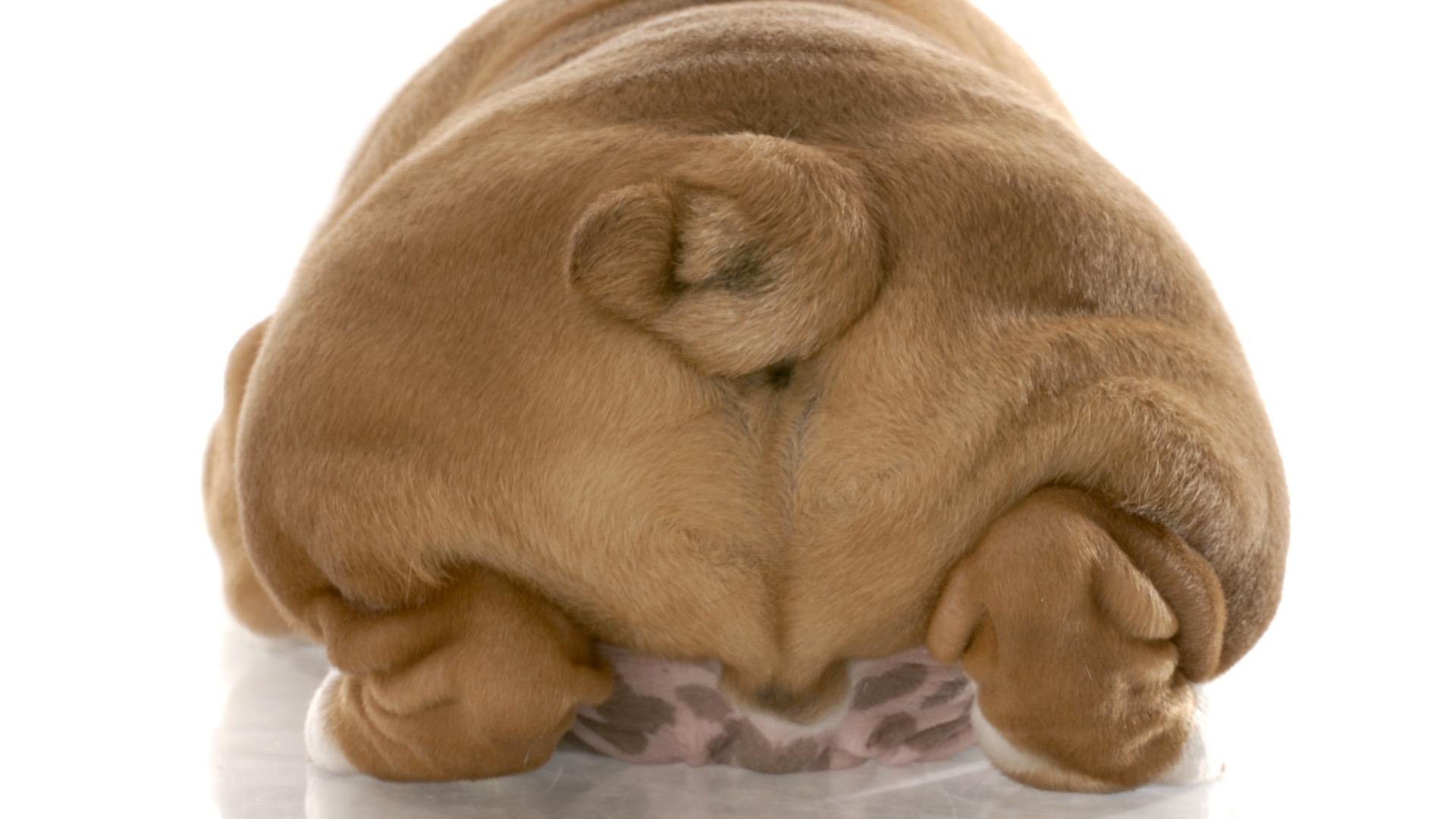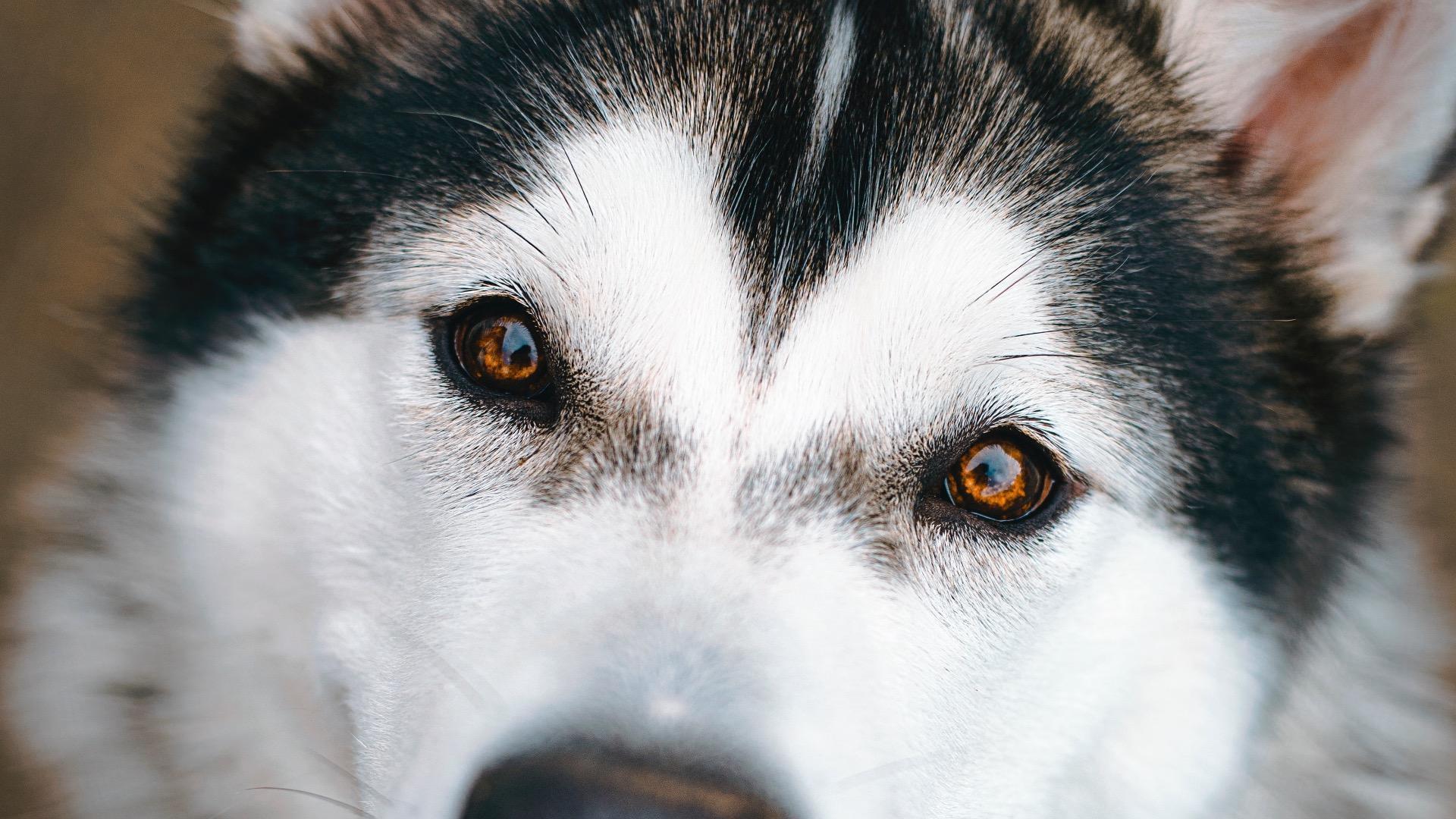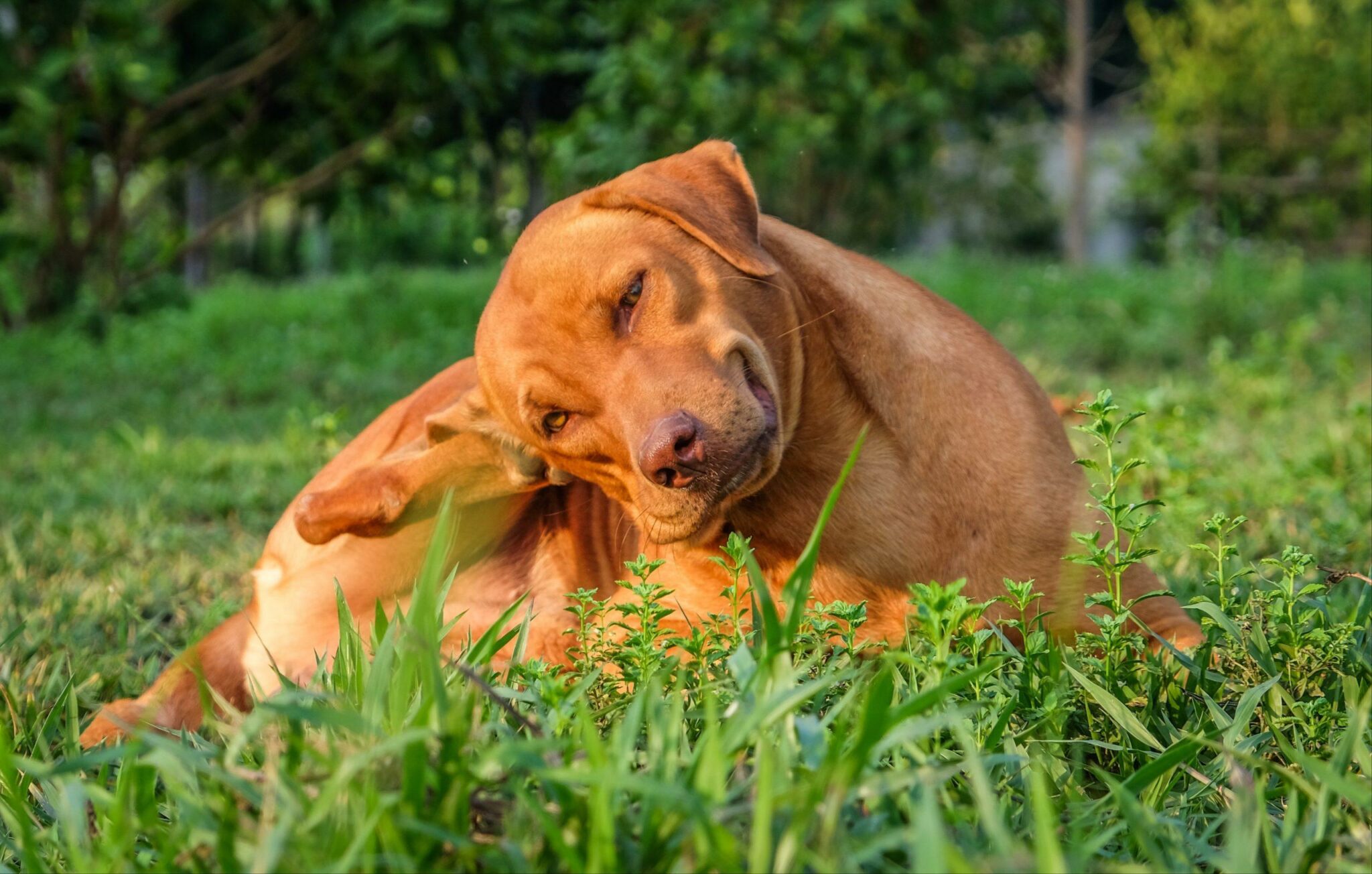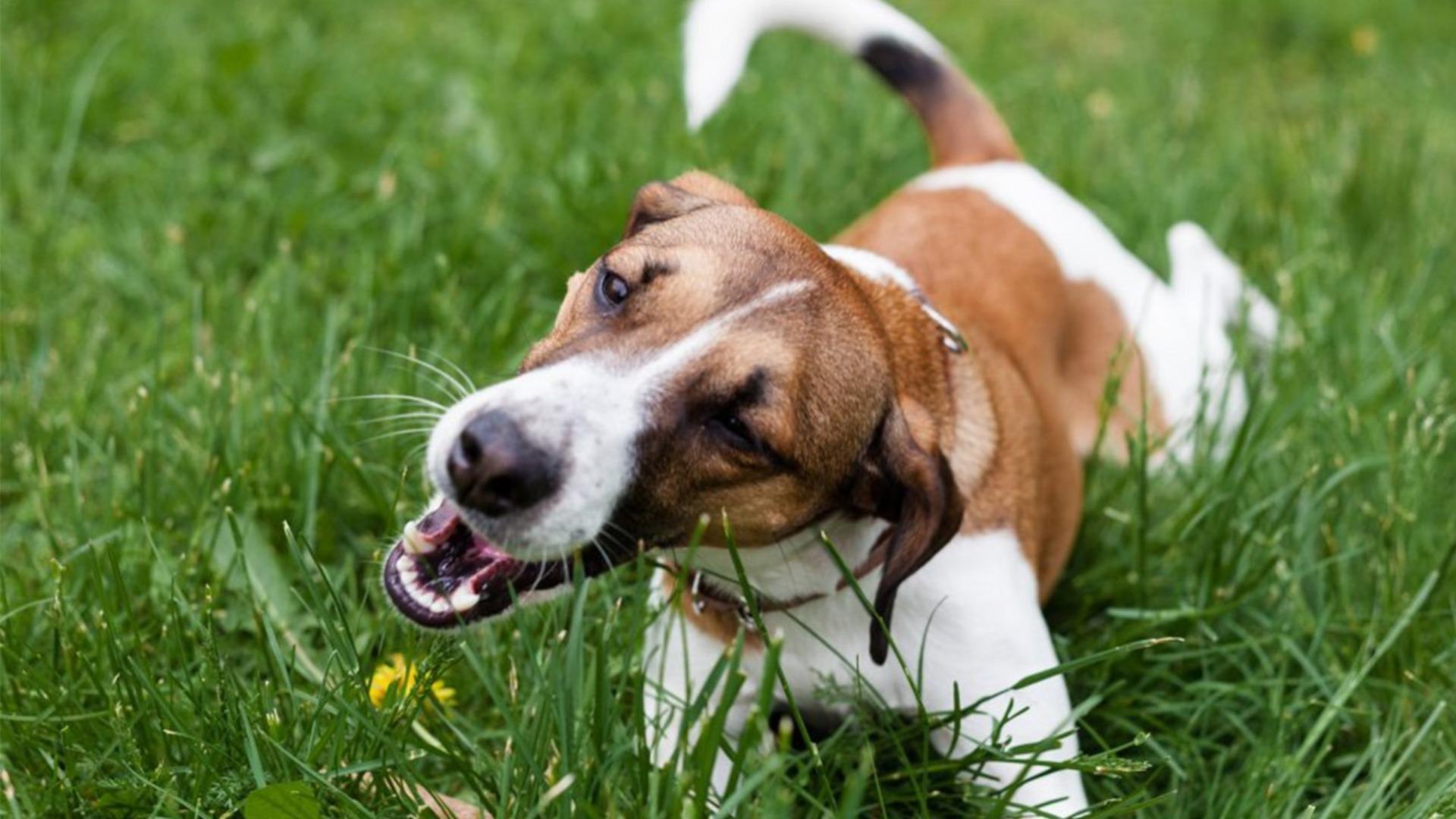Sadly, anal gland issues are quite prevalent in the general dog population and this can end up with owners asking groomers or vets to express them on a regular basis. The issue here is that anal gland expression has become the norm rather than the exception; and it really shouldn’t be.
So, let’s take a look at the function of the anal glands and some of our top tips to promote anal gland health in the dog.
What are the anal glands?
The anal gland’s function is to release pheromones, enabling the communication between dogs and other mammals, including cats. The anal glands located on the lower sides of the anus, produce a fluid with a scent that identifies him or her, communicating sex, health, and approximate age to other animals.
Healthy dogs display a huge variation in the appearance of their anal sac fluid; it can vary from yellow to brown and the consistency from watery to mucous to doughy. The secretion contains mucin rich in sialic acid and other anti-microbial proteins, namely lysozyme, immunoglobulin A and lactoferrin.
As faeces is passed, the anal glands are expressed and so the fluid is secreted.
But like all things in the body, sometimes this process goes a little wrong.
The three main issues that arise with anal gland function include:
impaction
inflammation, and
abscessation
An anal sac impaction is characterized as an enlargement of the sacs due to retention of anal sac content, without showing any signs of inflammation except for pain and discomfort. Anal sac impaction can occur unilaterally, but most often it presents itself as bilateral.
Anal sac inflammation, also called anal sacculitis, is defined as an enlargement combined with inflammation of the anal sac. The anal sac and perianal region often become red, swollen, and painful.
In the case of an anal sac abscess, pyrexia (raised body temperature) is often present; however, pyrexia can also occur in the case of severe anal sac inflammation. An inflamed and often alopecic area of the anal sacs can be observed in the case of an anal sac abscess, again accompanied with swelling and pain. Discharge contaminated with blood can also occur.
If your dog is suffering with their anal glands, you may notice the following:
- Scooting (dragging bottom on the floor)
- Licking or biting at the anus,
- Difficulty sitting or standing
- On rare occasion, chasing the tail.
Predisposing Factors
- Anal sac disease is reported to occur more often in adult dogs and cats compared to puppies and kittens,
- Obesity may be a predisposing factor. Perianal fat can lead to compression of the anal sac ducts, resulting in retention of anal sac content.
- Anal sac disease in dogs seems to be more prevalent in spring/summer,
- Adverse food reactions or food allergies and atopic dermatitis are conditions mentioned as being associated with anal sac disease,
- There appears to be a relationship between the presence of diarrhoea and the occurrence of anal sac disease in dogs.
5 Reasons Why Your Dog May have Diarrhoea
Sadly, there also appears to be around a 40% relapse rate for those dogs who suffer with anal gland disease. In dogs, recurrence of anal sac impaction and inflammation occurs on average after 4–5 months; for abscessation, the mean recurrence time is reported to be 10 months on average.
Findings Here
So, how can we avoid these issues, and certainly, if your dog has suffered anal gland issues, how can we avoid a relapse?
1) Support Healthy Immune Function
The correlation between anal gland disease and food sensitivities and atopic dermatitis may suggest dysfunctional immune responses. It’s important to modulate inflammatory responses in the body and support a healthy immune system. It would be wise to embark on an elimination diet to establish any food sensitivities and optimise gut health.
Elimination Diets For Dogs
7 Steps to Optimal Gut Health for Pets
2) Create a Healthy Gut Environment
As the gut influences every function in the body, it makes sense to support its ecosystem as much as possible.
Things that can contribute to a less than happy gut:
- Antibiotics
- Overuse of certain medications like proton pump inhibitors and antihistamines
- Poor liver function
- Poor motility
- Digestive disorders
- Poor pancreatic function
- Inflammation in the gut
- Stress
- Environmental toxins
- Dietary choices
If you’d like to learn more about managing these for your dog, check out our blog here:
What Can Help Gut Dysbiosis?
3) Feed a Wholefood Fresh Diet
But you knew this one, didn’t you?
When we feed foods that the digestive system can digest and utilise, everything moves as it should. Wholefoods offer roughage to the diet, helping elimination processes. Stools are better formed and so, as they pass, they express the anal glands.
There has been data which indicated a meat only diet exacerbated anal gland issues, so remember if you do feed fresh, add some raw bones to the mix. If this is something you are unsure of, then please get in touch with us and we can help.
Dietary fibre is also excellent at ‘moderating’ the transit time of food in the digestive tract. When this transit time is too fast (diarrhoea), fibre can slow digestion down and where it is too slow (constipation), it can help speed it up. Fibre can adapt beautifully and for this, a variation of vegetables and slippery elm is great.
Slippery elm is a wonderful addition to your cat or dog’s diet, if they are having consistent anal gland problems. Slippery elm, also known as the red elm, is a native tree to North America. People use the inner bark for many different health concerns. It is a mucilage and as such, creates a layer around the mucous membrane of the digestive tract, soothing and healing the gut mucosa.
If you would like some more pointers on supporting healthy anal gland function, check out our blog here:
4 Cornerstones for Healthy Anal Glands
and if you would like some support with your dog’s health, then check out our services to see how we can help.
Thanks for reading,
MPN Team

